Why Calacatta Marble Is So Expensive
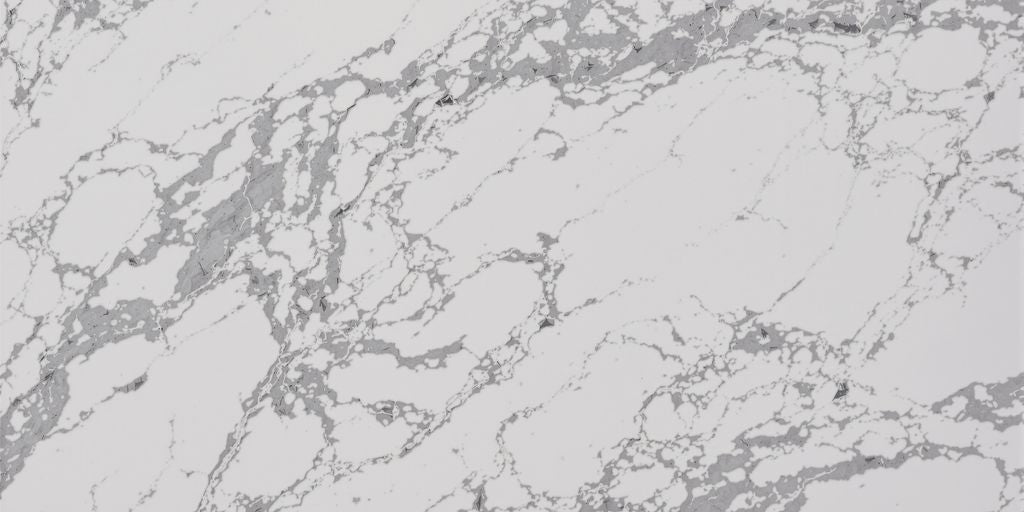
Calacatta marble, a material prized for its beauty and used by artists for centuries, is one of the most expensive marbles available. Even though it's mined in the same mountains as Carrara marble, Calacatta can cost more than double. This difference in price is largely due to its rarity and unique characteristics.
What Makes Calacatta Marble So Special?
Calacatta marble stands out with its warm, ivory-white background, often highlighted by thick, distinctive gold or gray veins. This unique look sets it apart from other marbles. While Carrara marble is also quarried in the Apuan Alps of Carrara, Italy, Calacatta is found in a much more limited area. This scarcity is the primary reason for its high price point.
The Mining Process: Precision and Experience
Extracting Calacatta marble is a challenging process that requires immense skill and experience. Miners like Enrico, who has been working in the quarries for 40 years, must have a keen eye and work with great precision. They need to carefully navigate the mountain's natural defects to avoid damaging the marble during extraction. These flaws dictate where miners can cut and how much marble they can retrieve, directly impacting its final sale price.
Key Takeaways from the Mining Process:
- Miners need decades of experience to extract Calacatta marble successfully.
- Working around natural flaws in the mountain is critical to prevent the marble from breaking.
- The location and presence of defects influence the quantity and quality of the marble extracted.
The extraction itself involves drilling strategic holes and using diamond-braided cords to cut the marble into large blocks. Chainsaws, kept wet to protect the stone, help detach these blocks. An average block can be quite large, measuring 12 cubic meters and weighing around 36 metric tons. Once detached, these heavy blocks are transported to processing facilities.
Processing Calacatta Marble: From Block to Slab
At the processing facility, the Calacatta marble blocks are carefully sliced into slabs. This stage is just as critical as mining, as any mistake can ruin the valuable stone. Slabs as thin as two centimeters are cut using saws with over 100 thin blades. The machinery is kept wet throughout this process.
After cutting, the slabs undergo further preparation. They are sanded and pre-smoothed. Then, a process called "resination" takes place. This involves applying resin to fill any existing cracks or holes in the slab. Resin is also used to repair pieces that may have broken during the quarrying process. For a rare material like Calacatta, even a small error here can significantly affect the slab's quality and price. Once the resin is evenly applied, it's dried under UV light to ensure the slab is flawless.
Finally, the Calacatta slabs are honed and polished until they achieve a sparkling finish, making them visually appealing.
Customization and Client Collaboration
Calacatta marble is typically processed on a per-order basis. Producers work closely with customers throughout the entire process, ensuring the final product is perfectly customized to their needs. Because once the marble is fully processed, there's no turning back.
Why the High Demand?
Despite the risks and high costs, the demand for Calacatta marble remains strong. Customers often choose it for its luxurious, high-end appeal, recognizing it as a timeless and classic material that complements various design styles. White marbles, including Calacatta, are generally preferred because they tend to have fewer flaws than darker marbles, requiring less maintenance and fewer repairs.
Calacatta is even more sought after than other white marbles like Carrara. Its veins appear crisper and less faded, and the generally fewer veins make it easier to incorporate into interior and exterior designs. It also offers a softer contrast compared to other high-end marbles like Statuario, which has a milky background with darker gray veining.
Variations in Calacatta Marble:
- Standard Calacatta: Can cost over $10,000 per slab.
- Calacatta Gold: Characterized by gold-colored veins, this variation is even rarer and can cost more than $29,000 per slab.
- Serene Calacatta: This specific type is even more expensive.
While exact pricing is often kept private within the industry, the demand for Calacatta has steadily increased over the past 40 years, even during economic downturns. This enduring desire for the material persists.
Environmental Concerns
However, the growing demand for Calacatta marble is not without its critics. In Carrara, locals and environmentalists have raised concerns about the impact of quarrying. The sawing and extraction methods have led to slurry and waste being carried into nearby environments through water runoff, affecting local groundwater. Environmentalists warn that the over-exploitation of the mountains could worsen these issues.
Despite these environmental challenges, the market for marble, and Calacatta in particular, continues to grow. The global marble market is projected to reach $68.5 billion by 2027, indicating that Calacatta will likely remain one of the world's most prized and expensive natural resources.

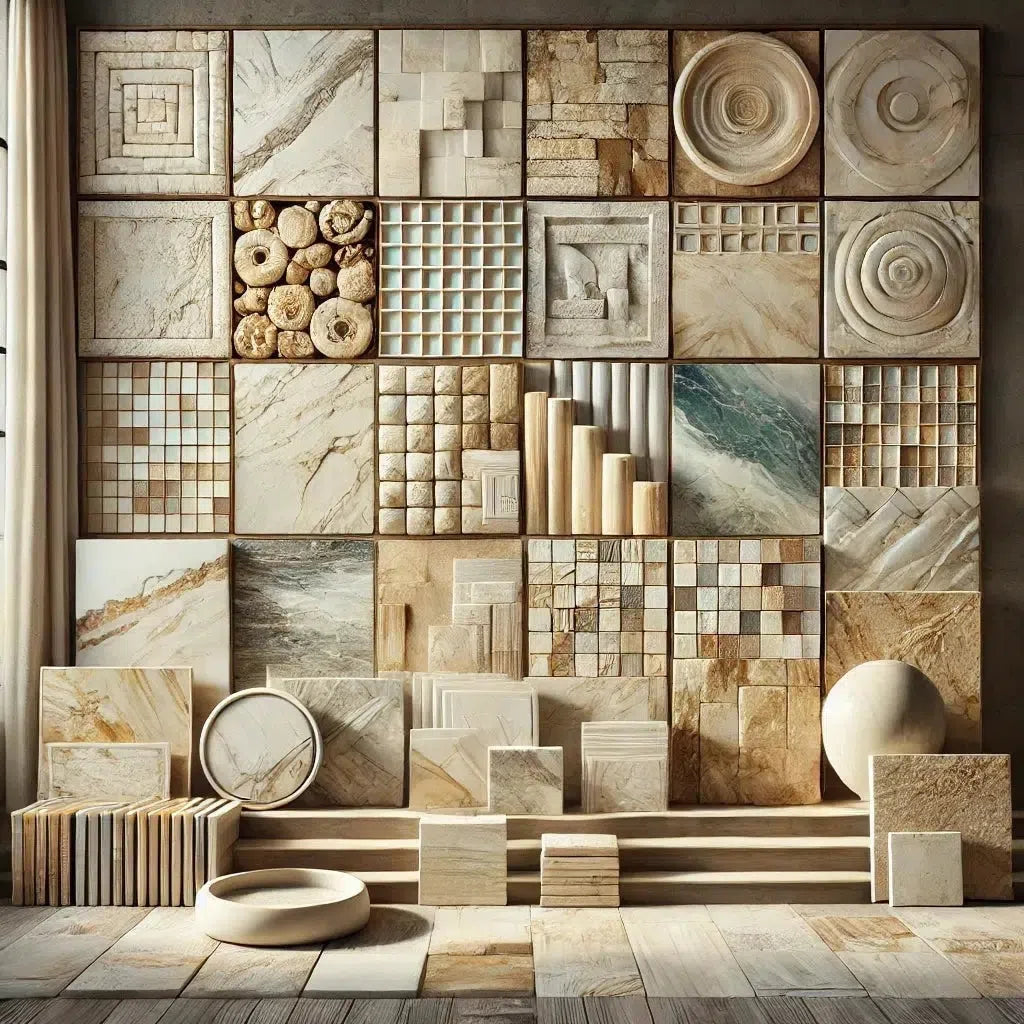 Best Selling Marble Collections
Best Selling Marble Collections
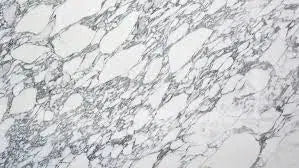 Arabescato Corchia
Arabescato Corchia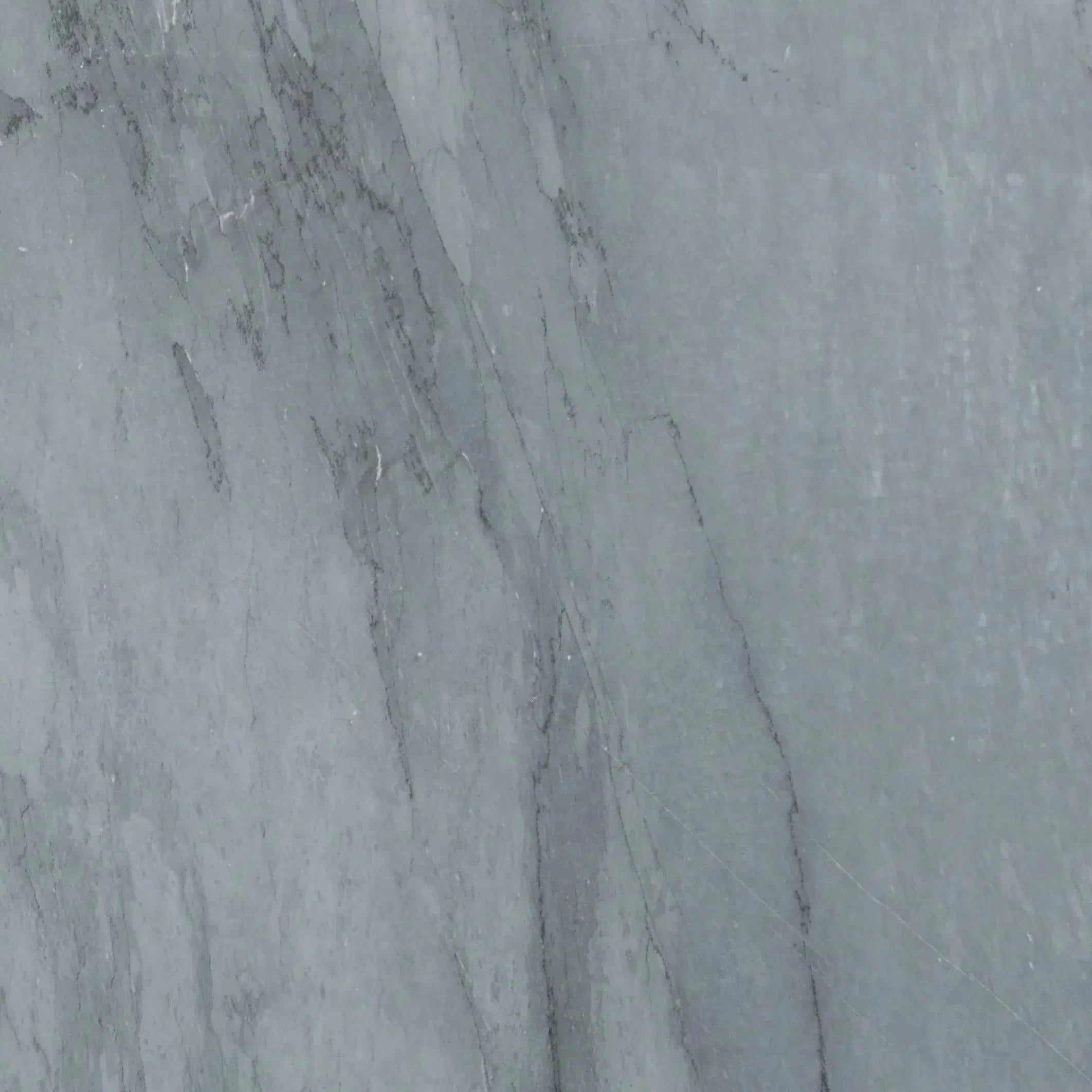 Bardiglio
Bardiglio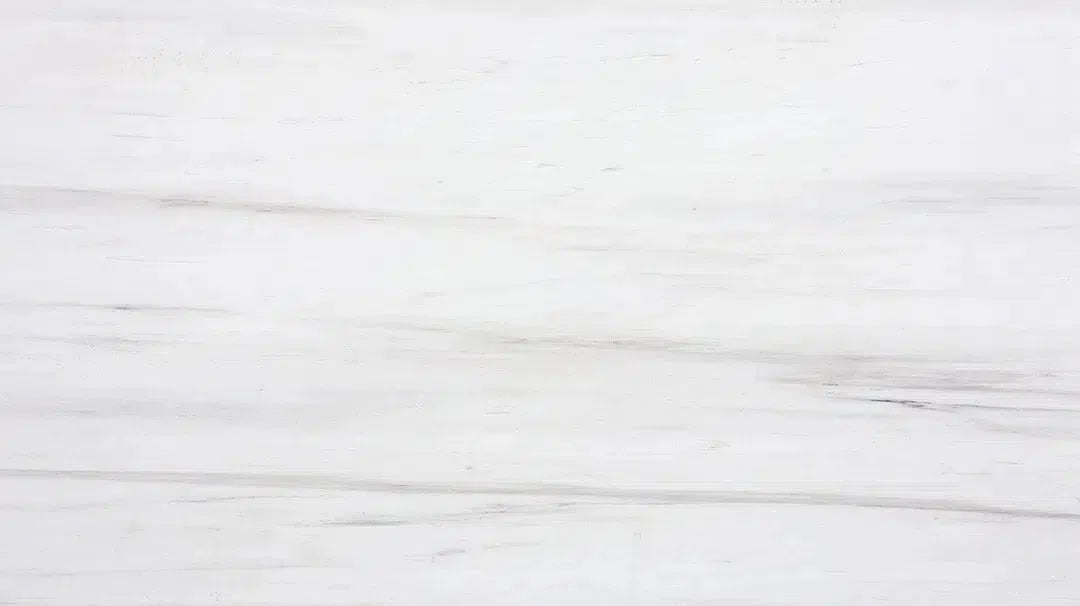 Bianco Dolomite
Bianco Dolomite 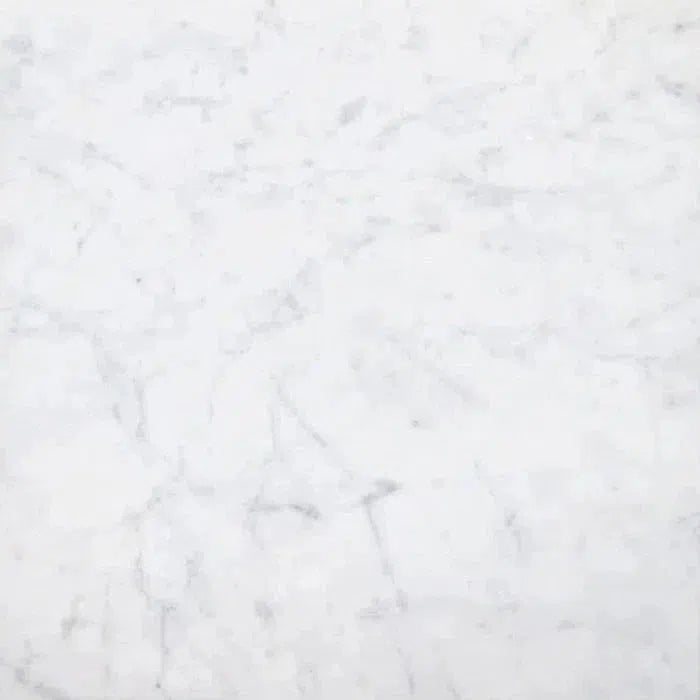 Carrara White
Carrara White 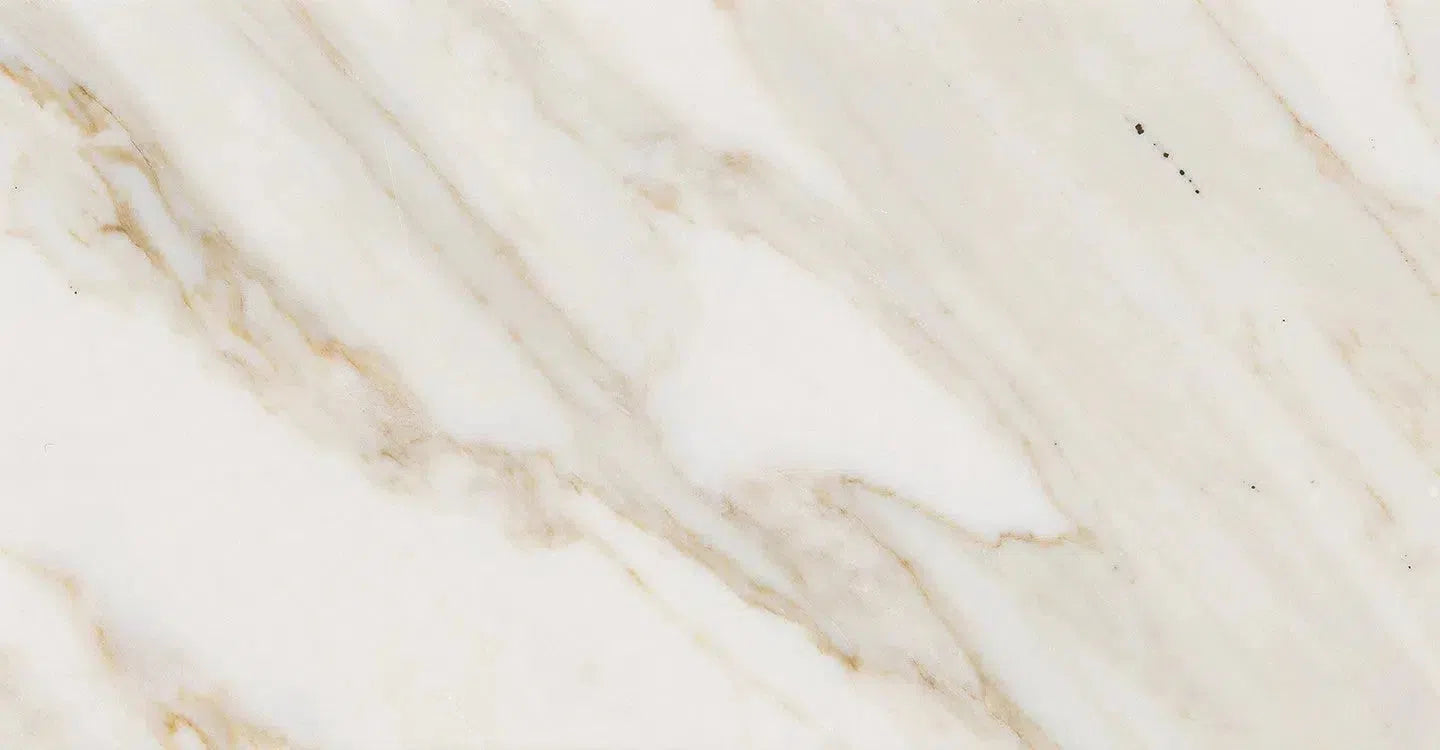 Calacatta Gold
Calacatta Gold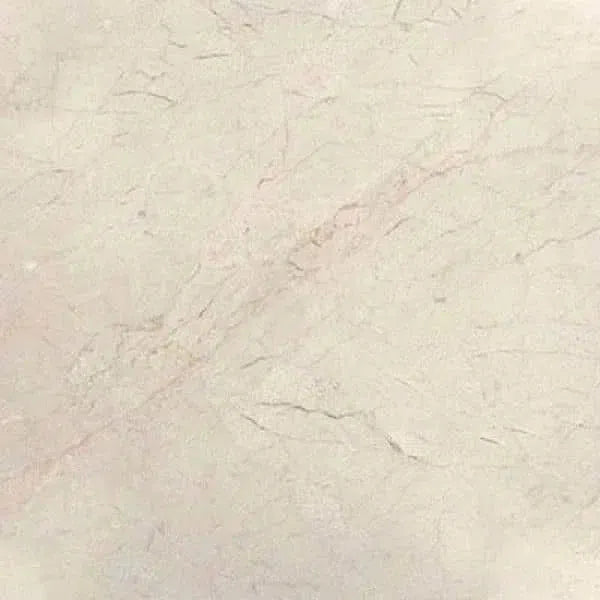 Crema Marfil
Crema Marfil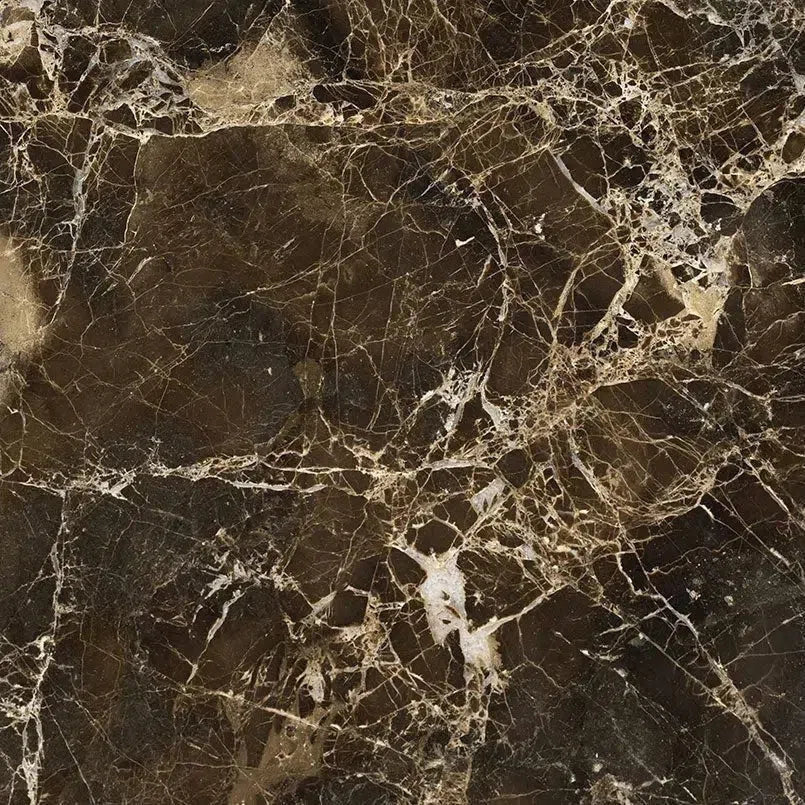 Emperador Dark
Emperador Dark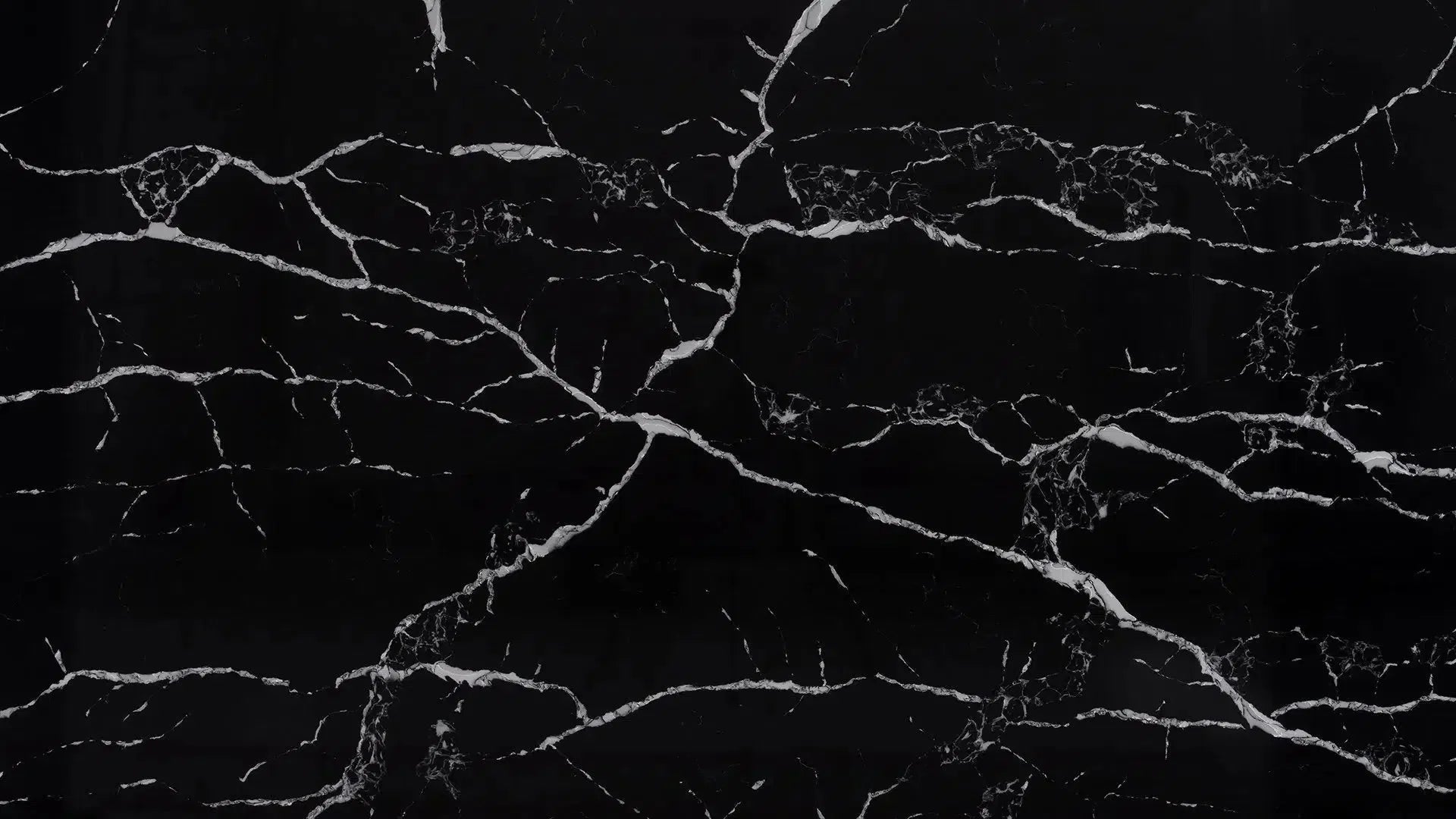 Nero Marquina
Nero Marquina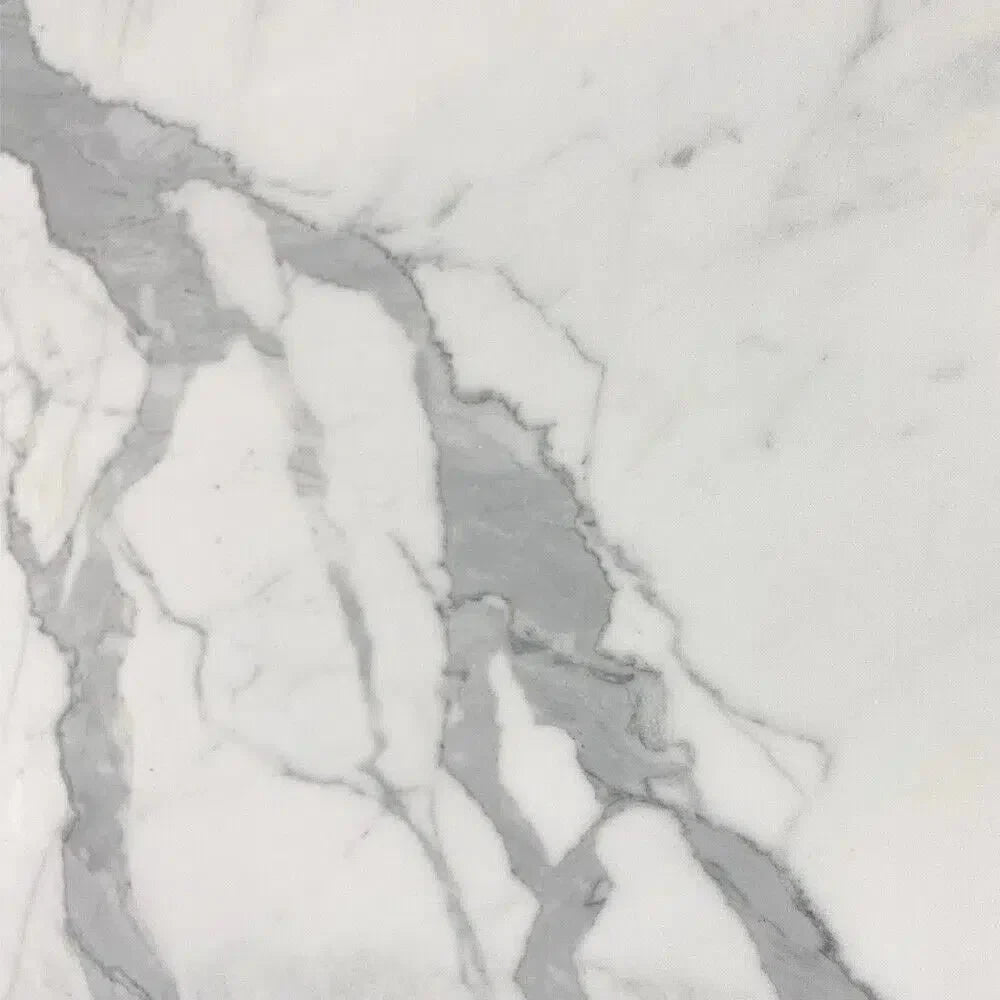 Statuary - Statuario White (Italian) Marble
Statuary - Statuario White (Italian) Marble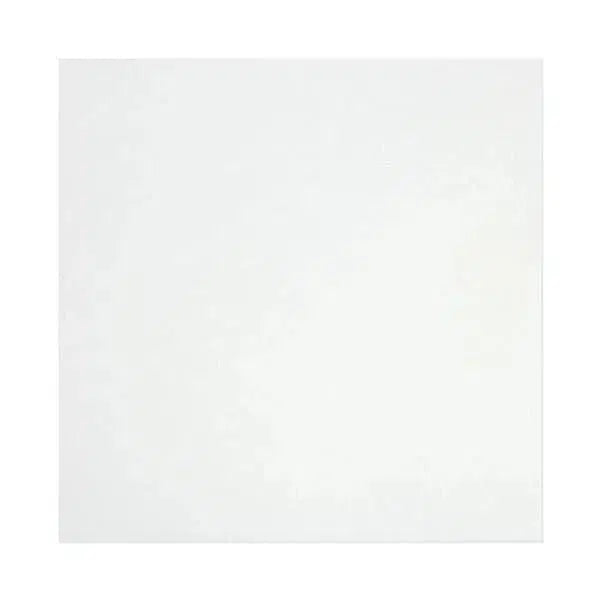 Thassos White
Thassos White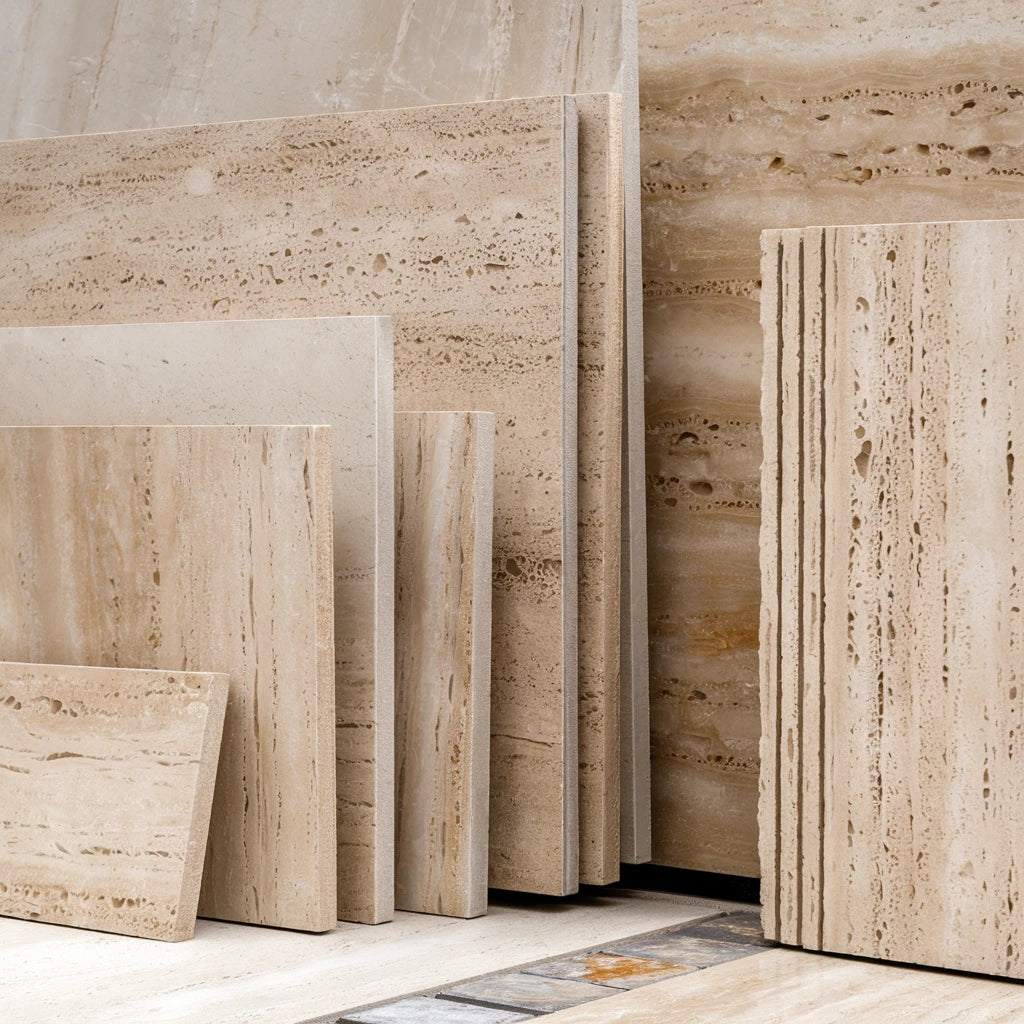 Best Selling Travertine Collections
Best Selling Travertine Collections
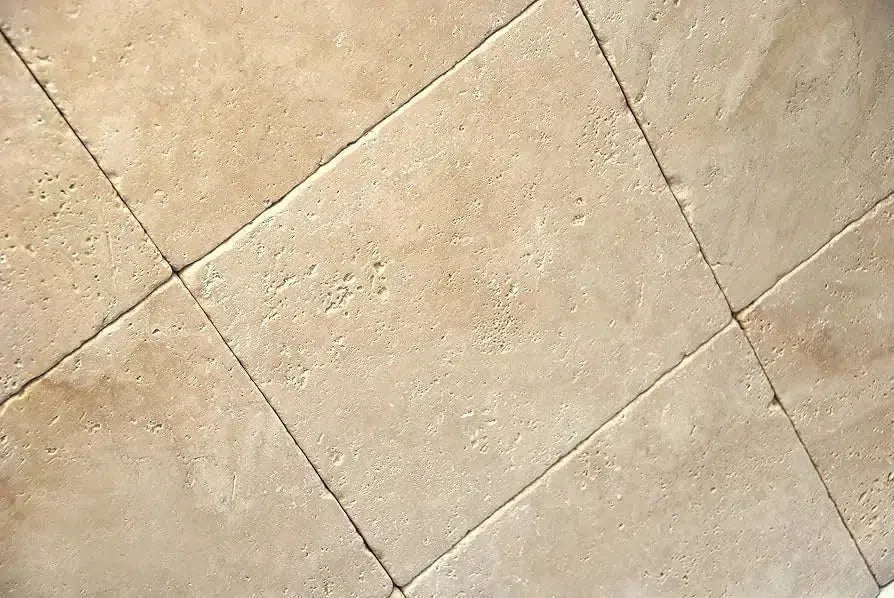 Ivory Travertine
Ivory Travertine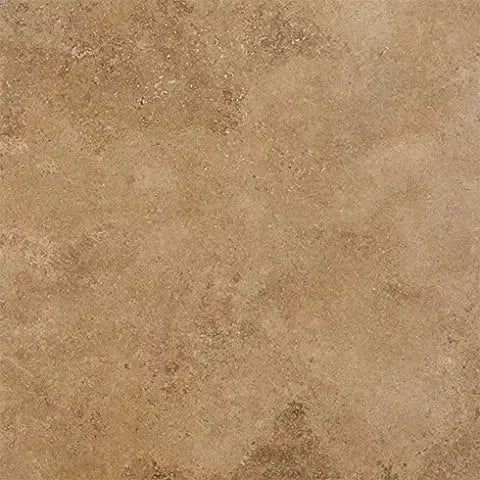 Noce Travertine
Noce Travertine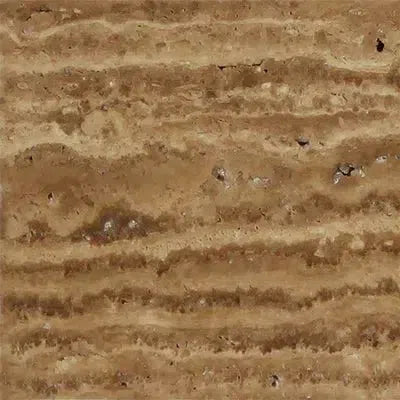 Exotic Noce Travertine
Exotic Noce Travertine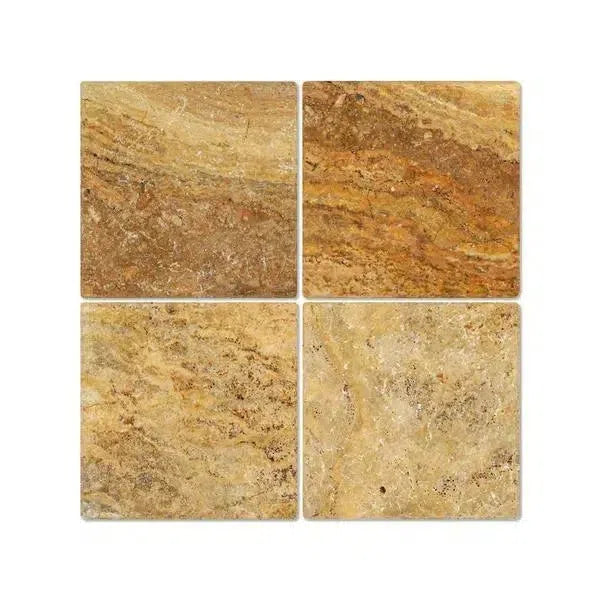 Scabos | Autumn Leaves Travertine
Scabos | Autumn Leaves Travertine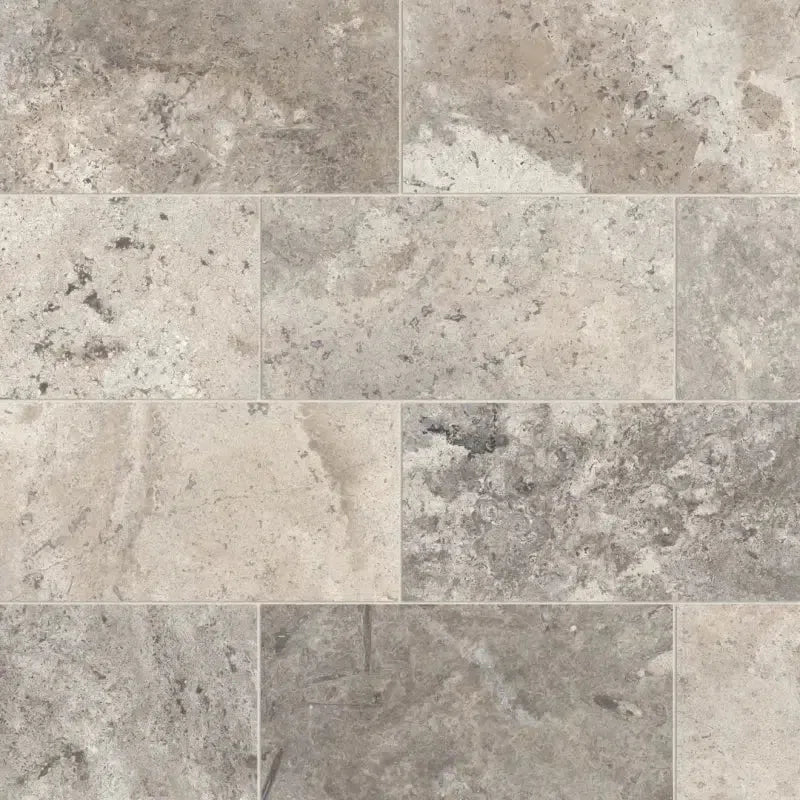 Silver Travertine
Silver Travertine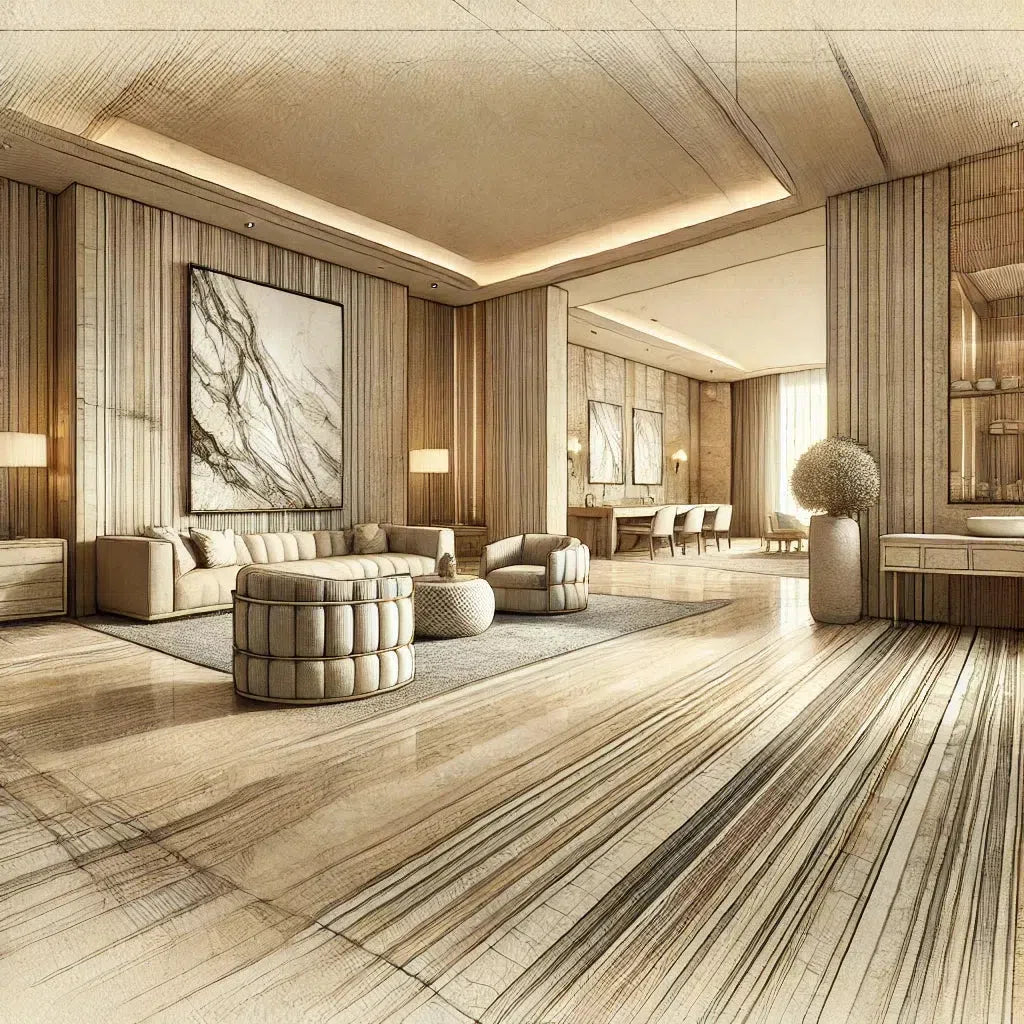 Exotic Travertine
Exotic Travertine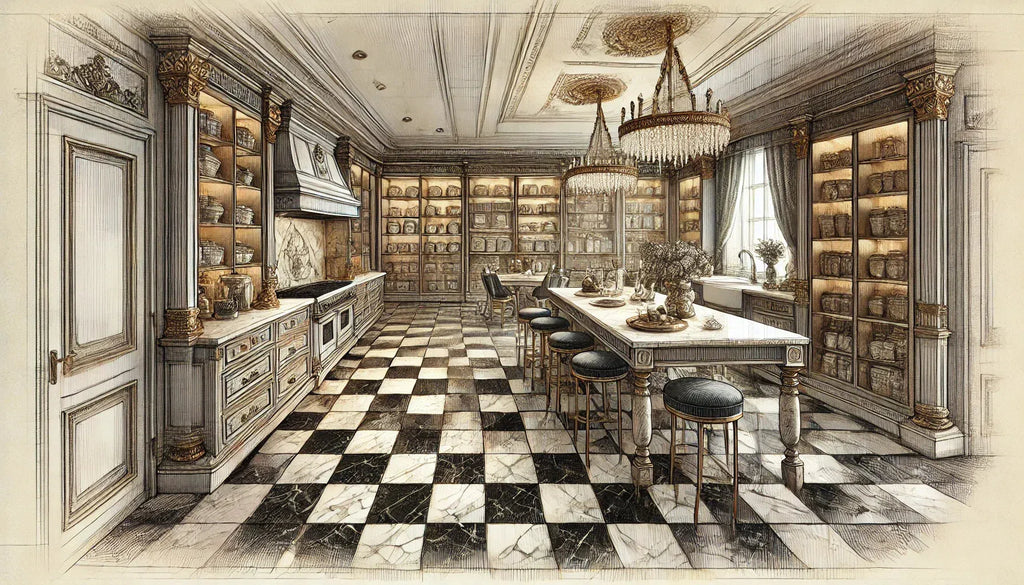 Checkerboard
Checkerboard
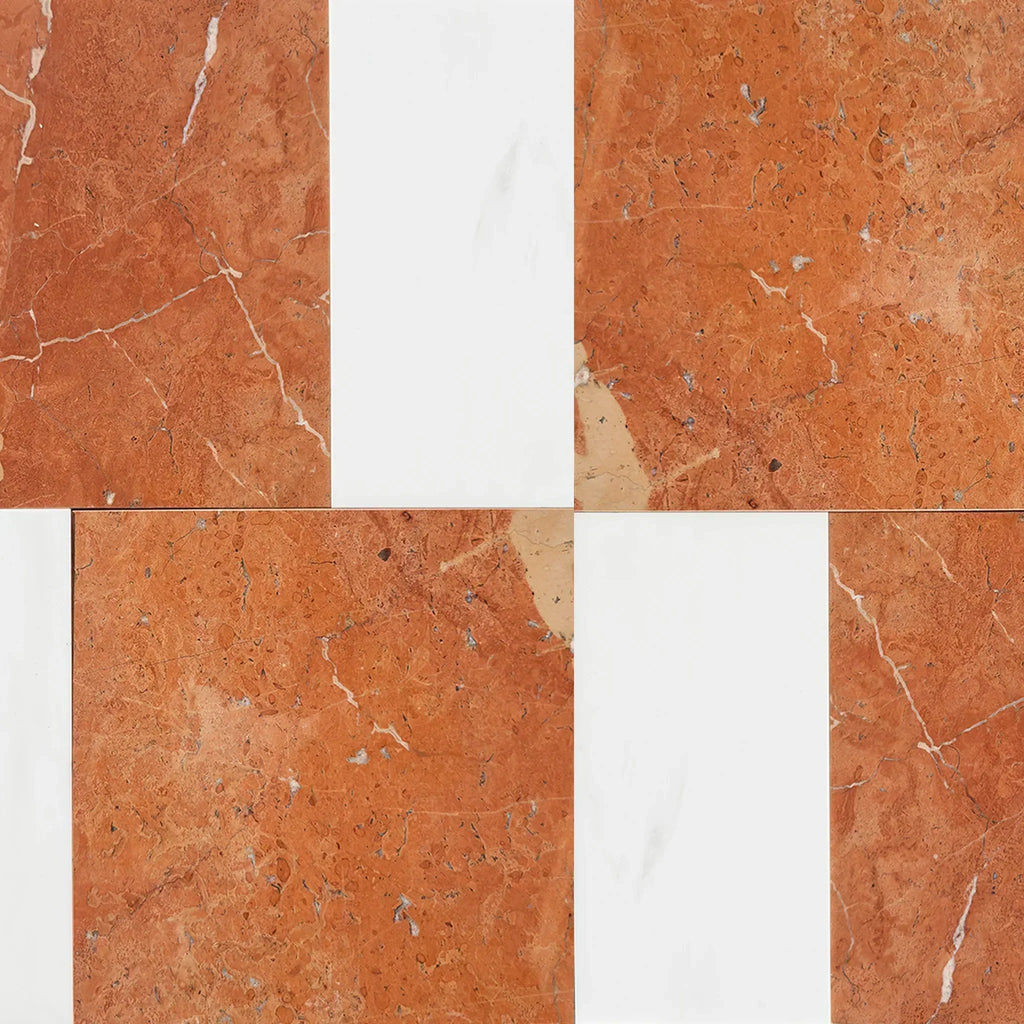 Patterned Tile
Patterned Tile
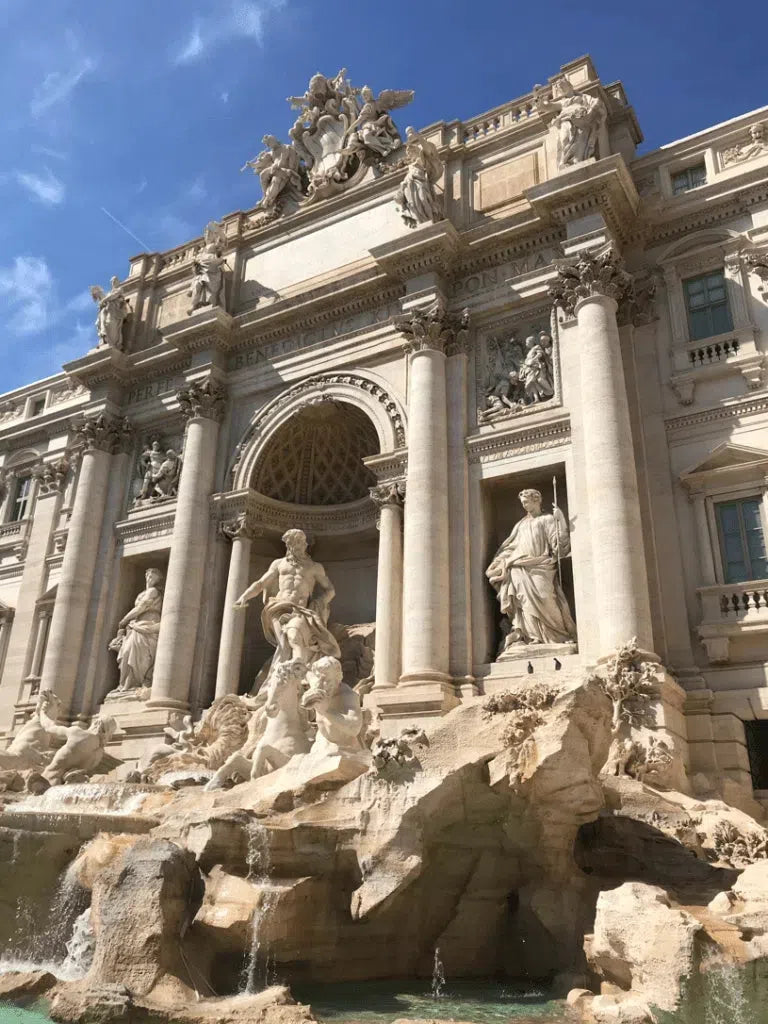 Shop By Material
Shop By Material
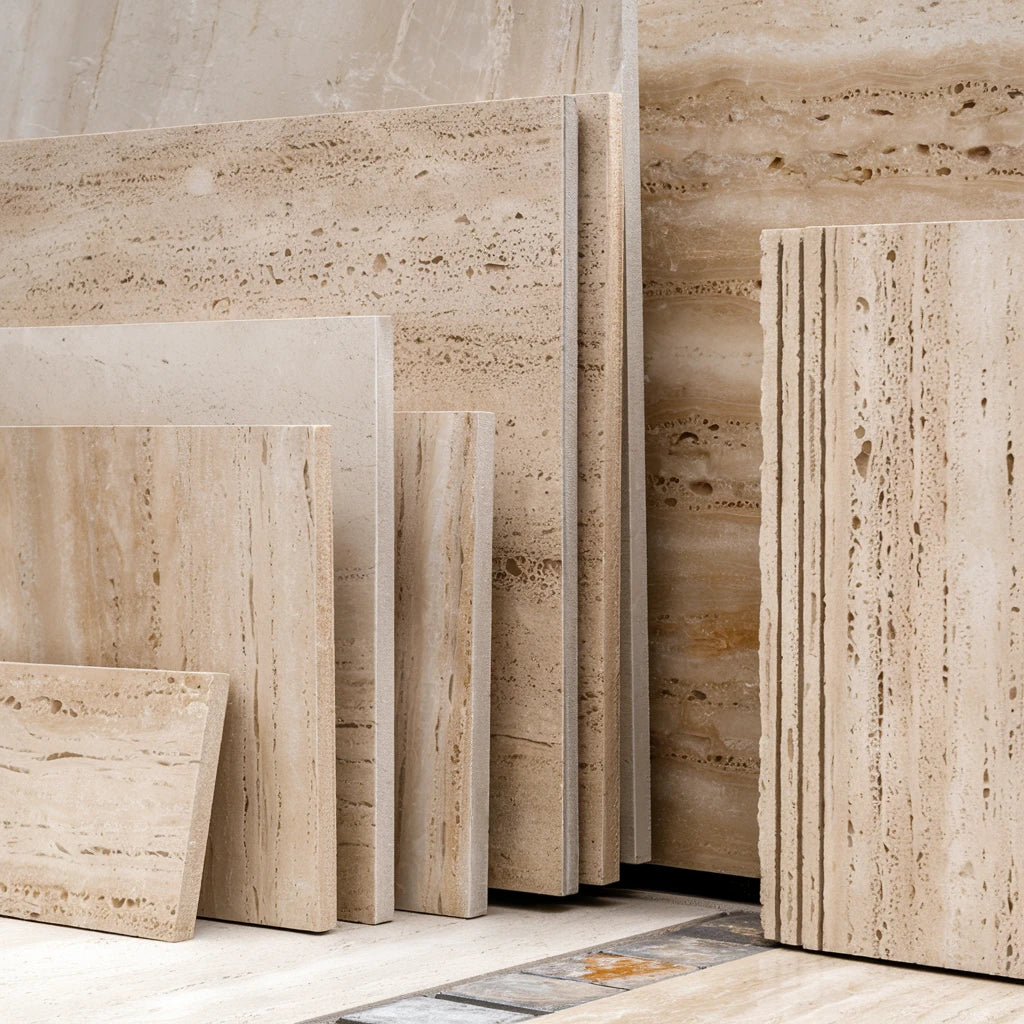 Travertine
Travertine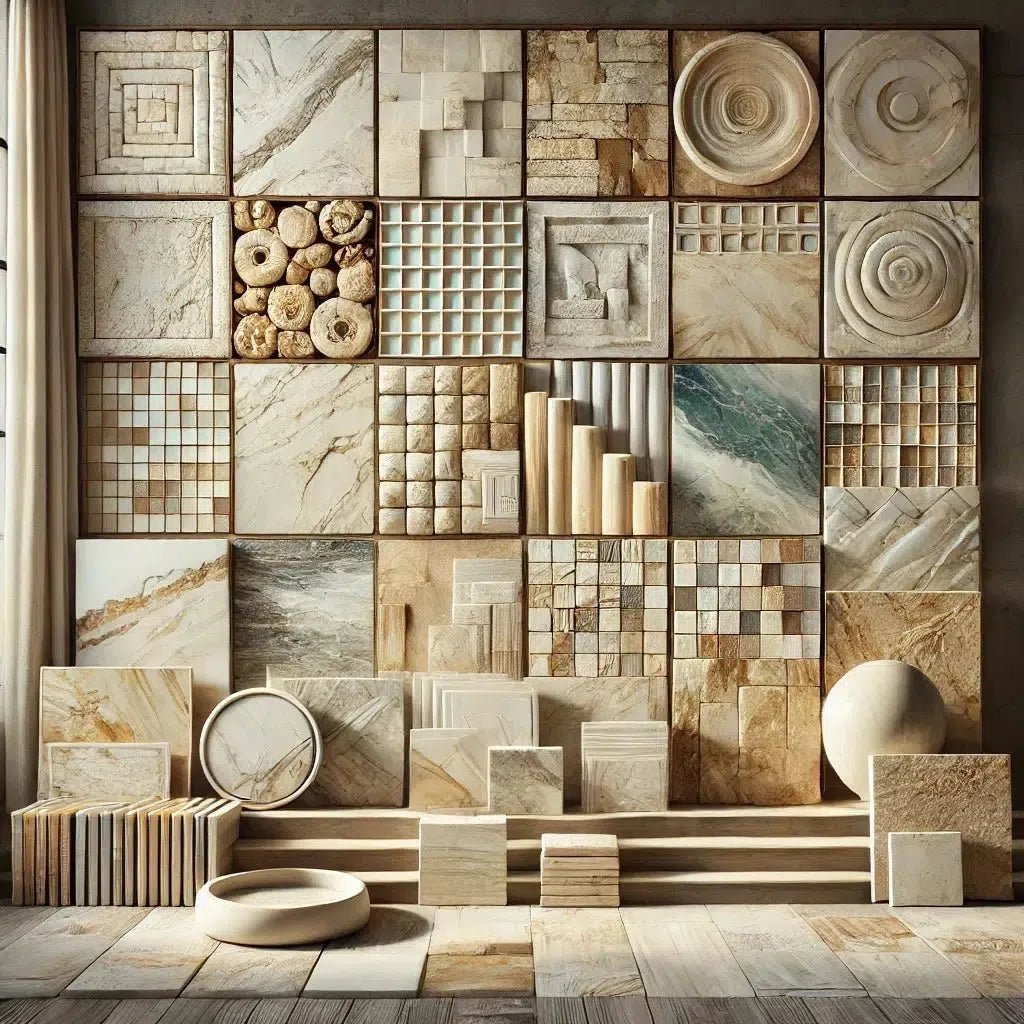 Marble
Marble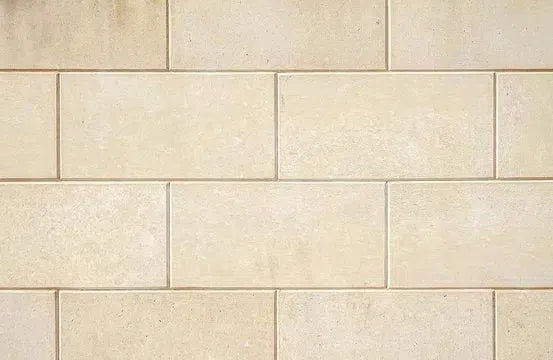 Limestone
Limestone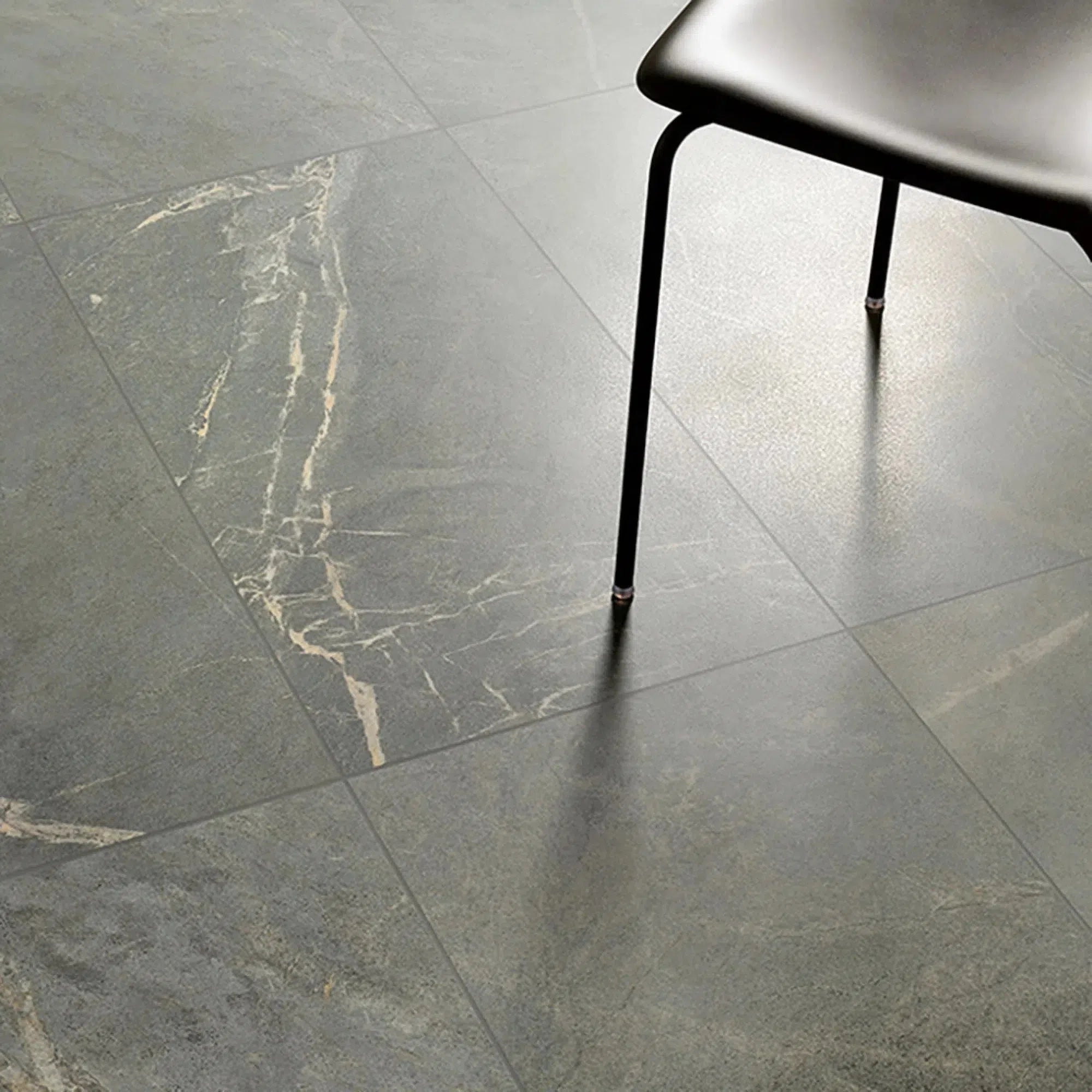 Soap Stone
Soap Stone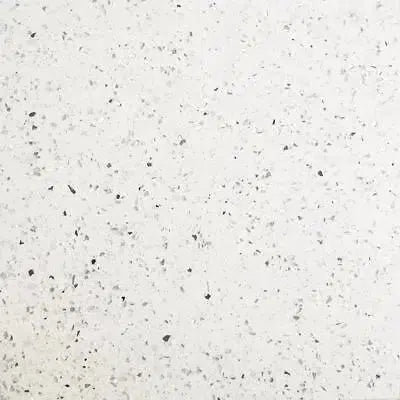 Quartz
Quartz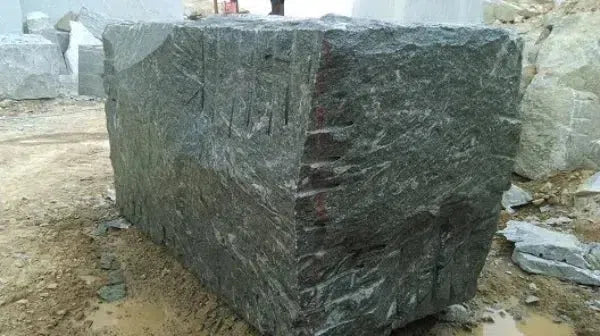 Granite
Granite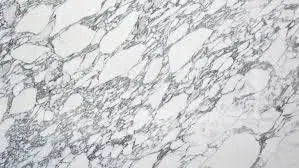 Shop By Name
Shop By Name
 Absolute Black Granite
Absolute Black Granite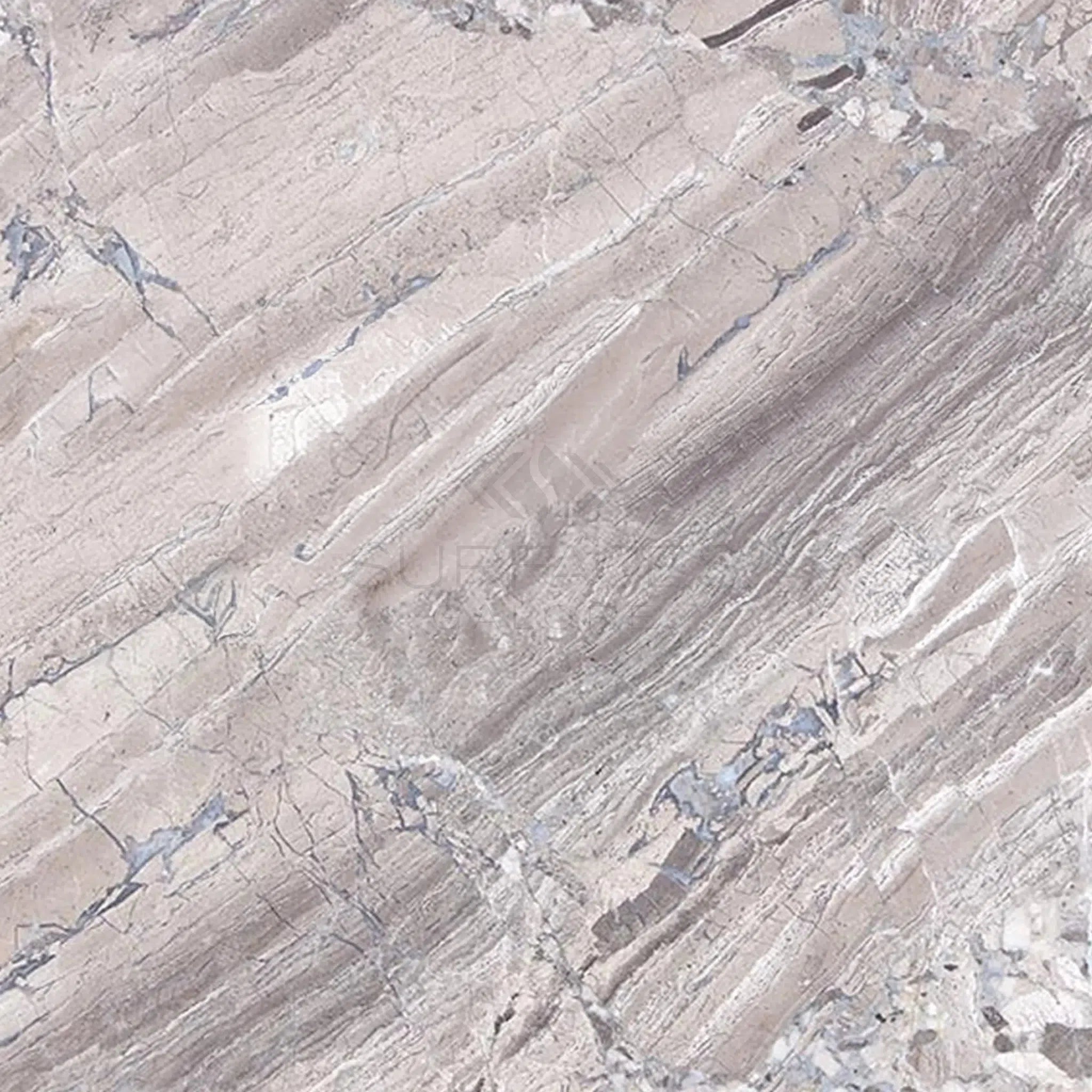 Atlantic Gray Marble
Atlantic Gray Marble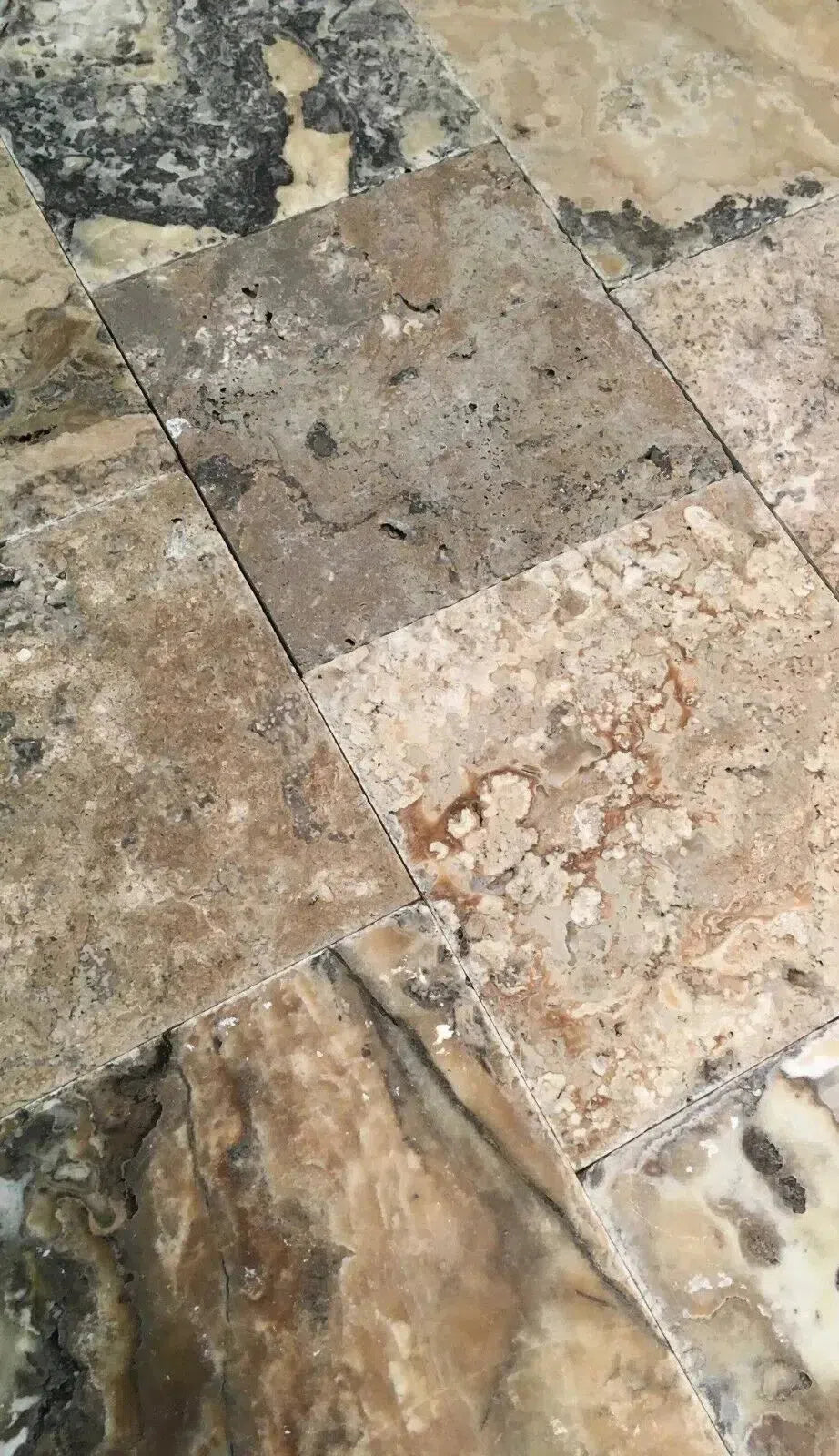 Antico Onyx Travertine
Antico Onyx Travertine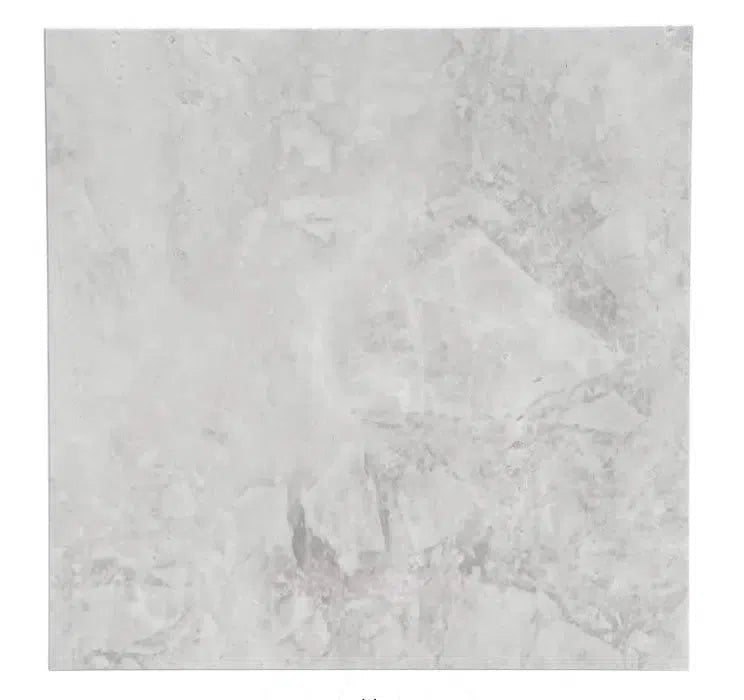 Bianco Congelato Dolomite
Bianco Congelato Dolomite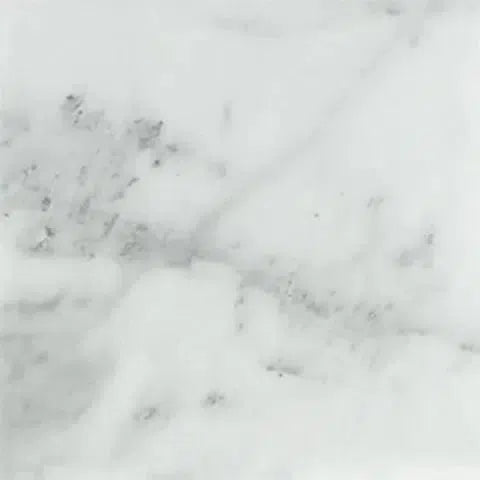 Bianco Venatino (Bianco Mare) Marble
Bianco Venatino (Bianco Mare) Marble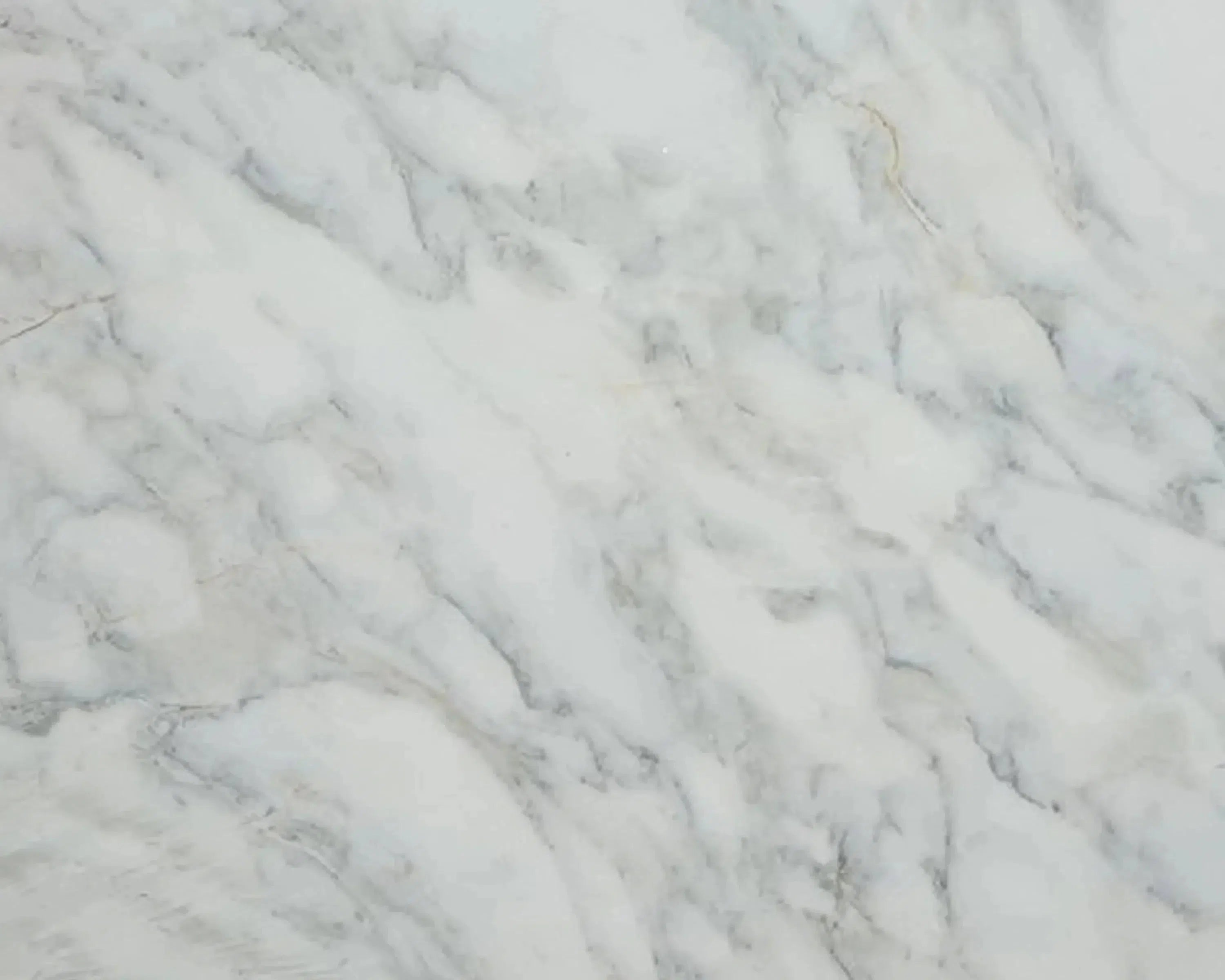 Calacatta Oliva Marble
Calacatta Oliva Marble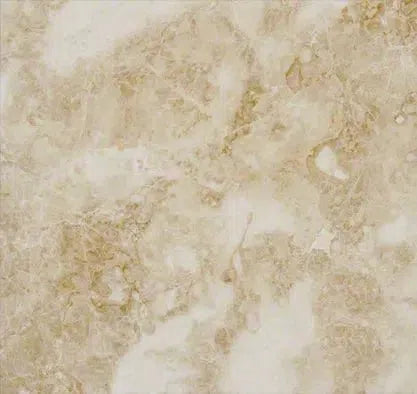 Cappuccino Marble
Cappuccino Marble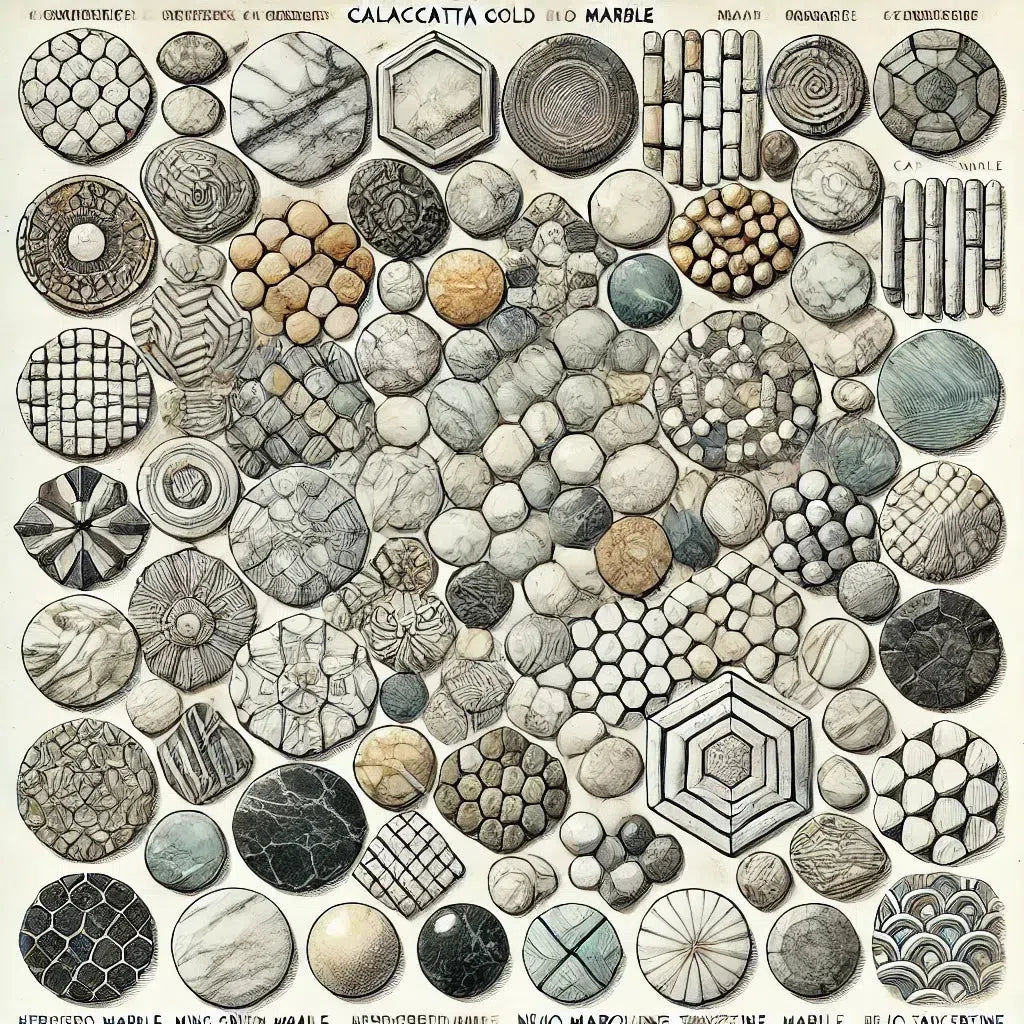 Custom-Made Mosaic
Custom-Made Mosaic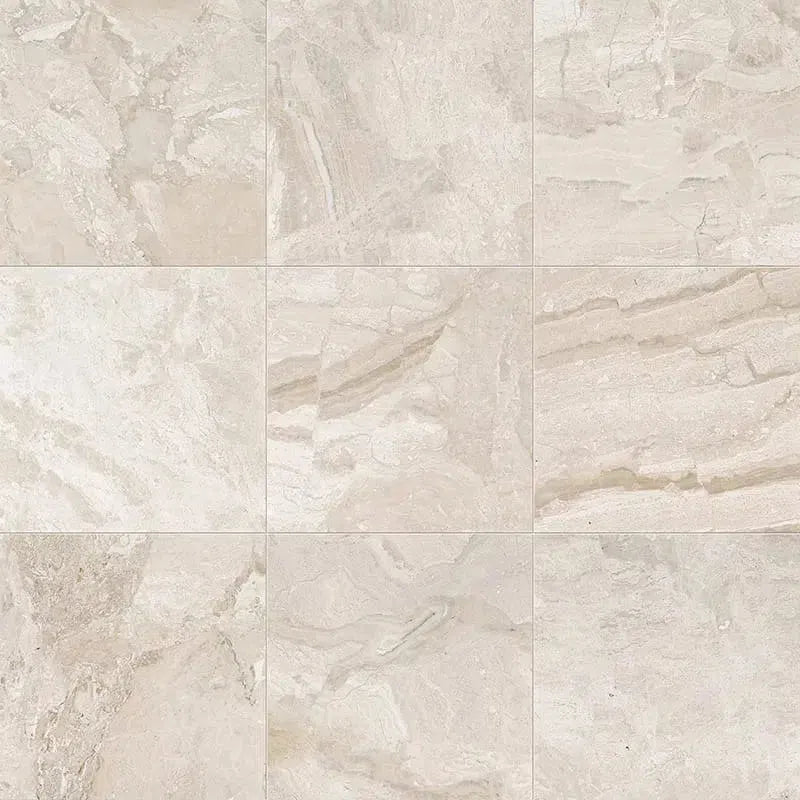 Diano Royal (Queen Beige) Marble
Diano Royal (Queen Beige) Marble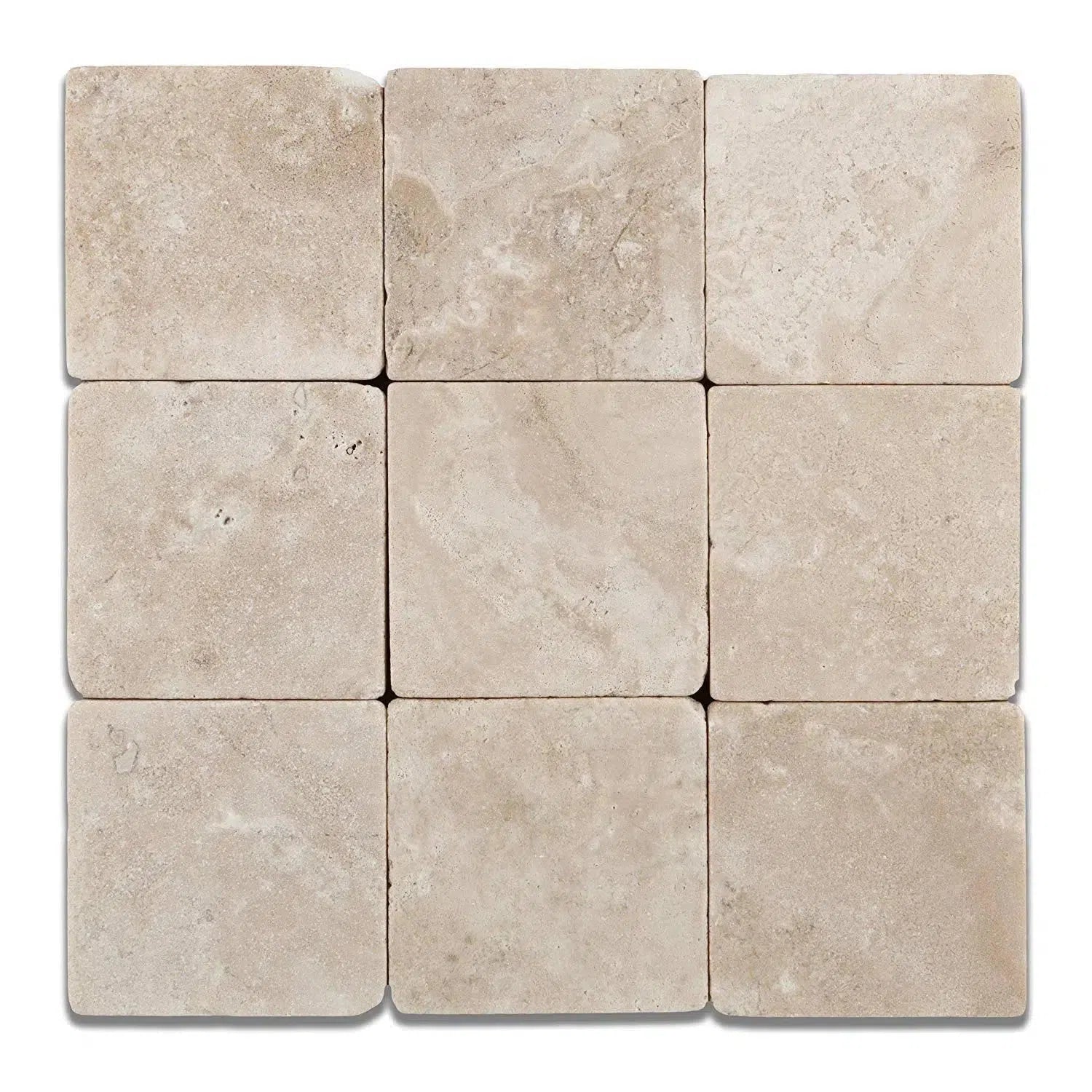 Durango Cream Traverine
Durango Cream Traverine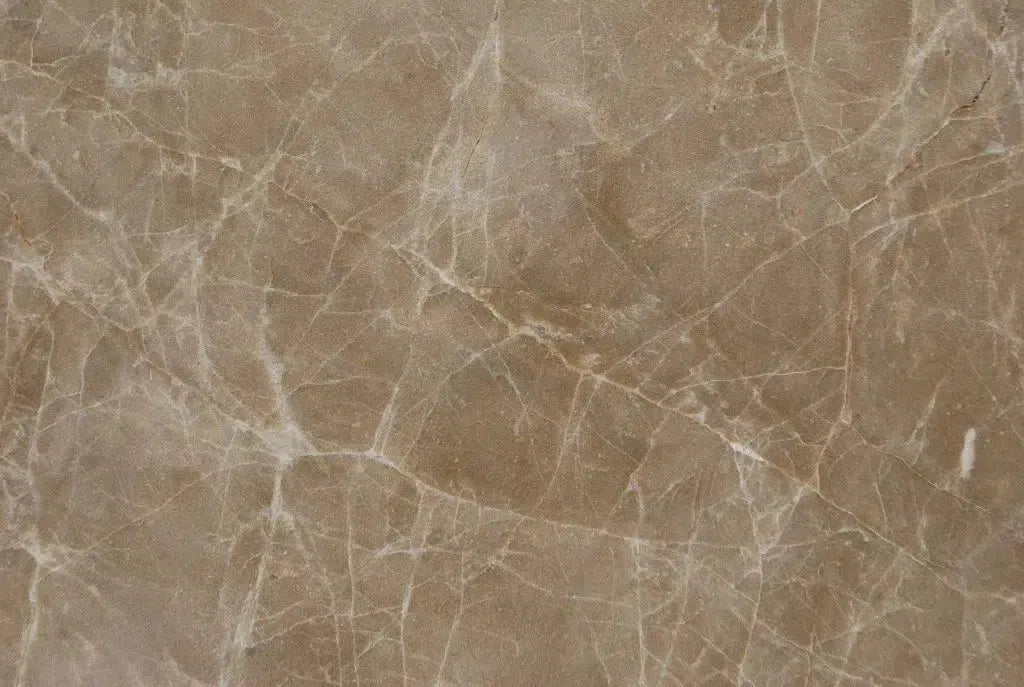 Emperador Light Marble
Emperador Light Marble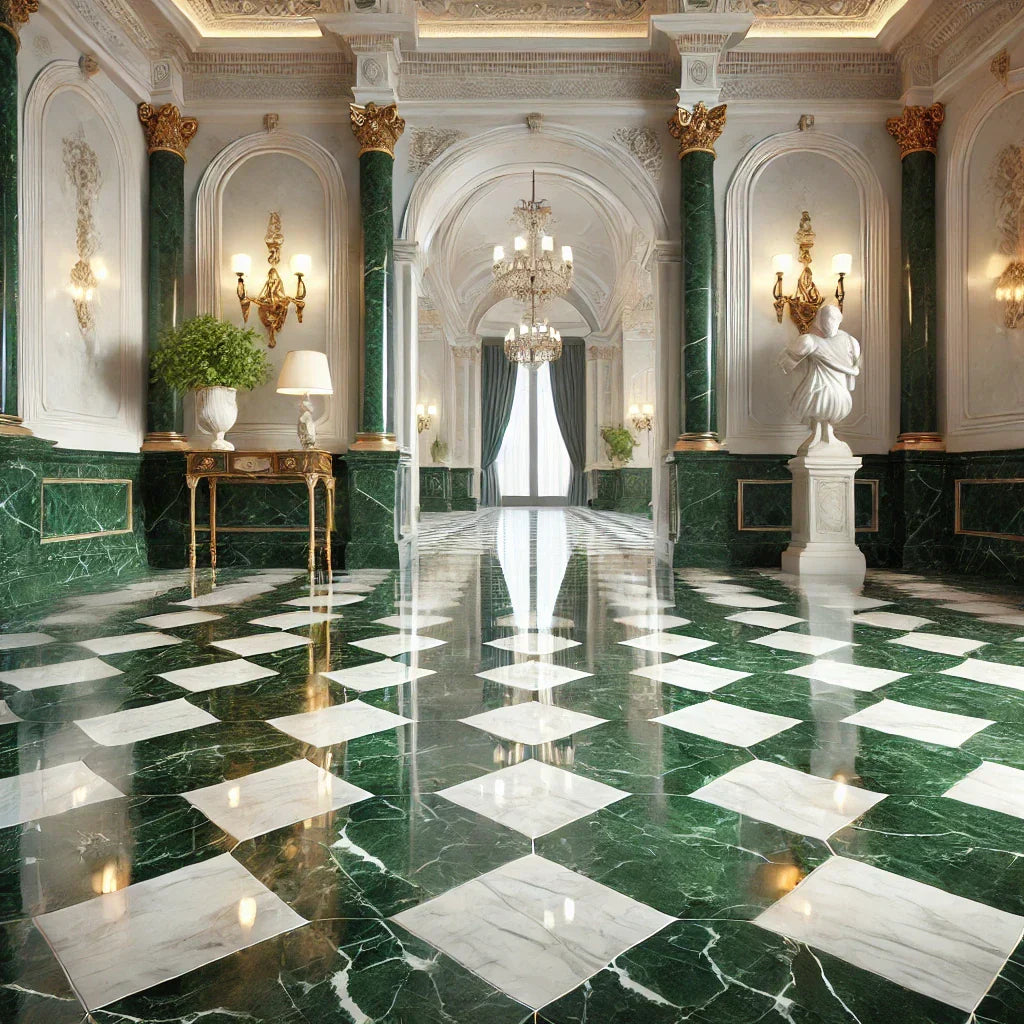 Empress Green Marble
Empress Green Marble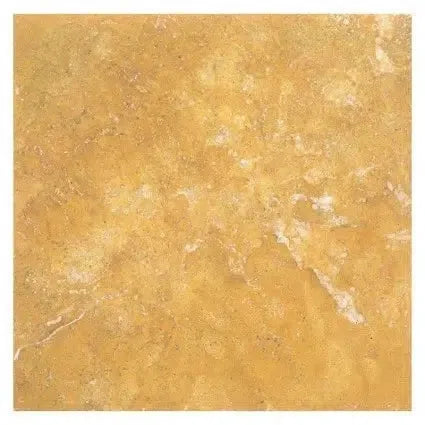 Gold/Yellow Travertine
Gold/Yellow Travertine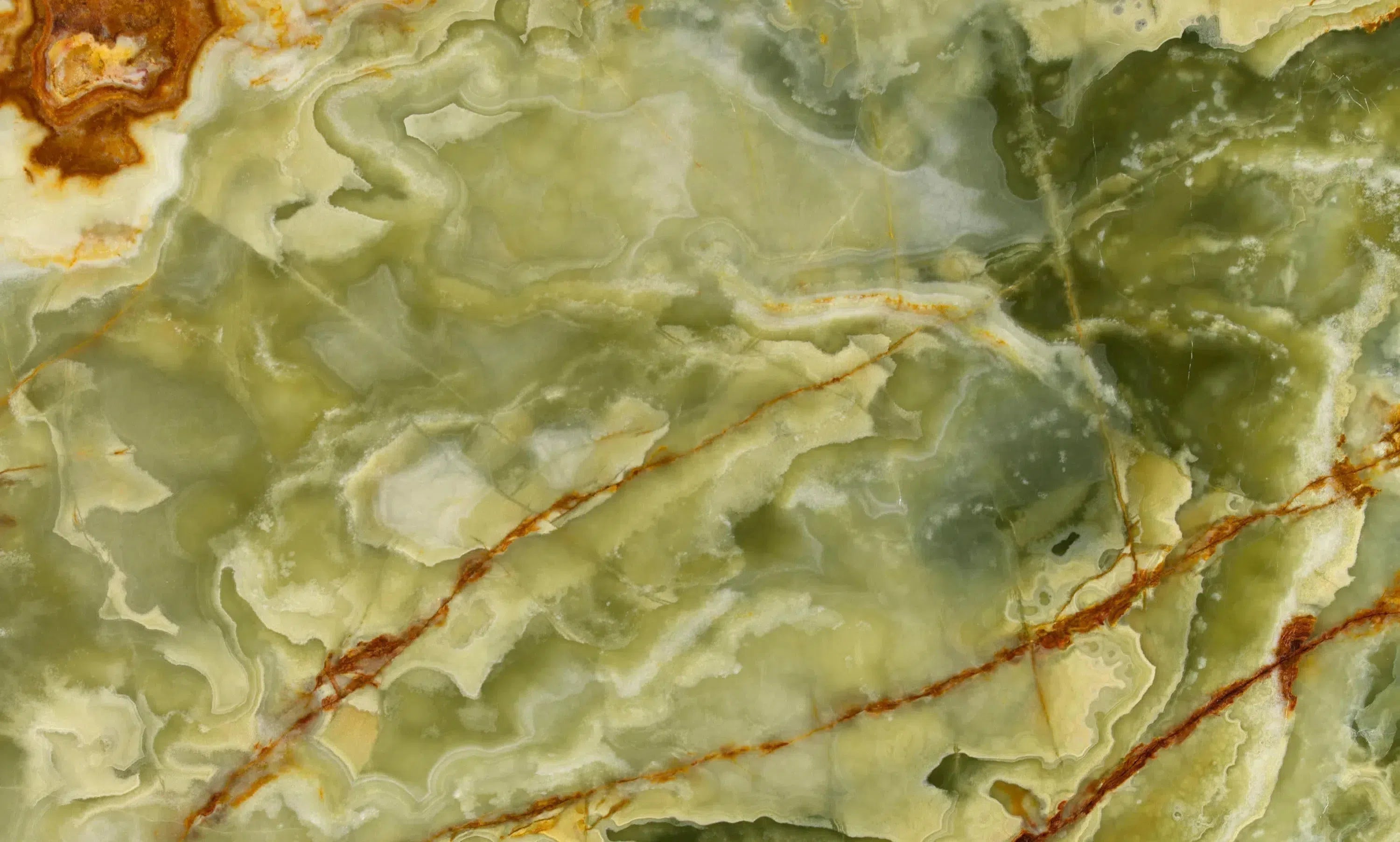 Green Onyx Marble
Green Onyx Marble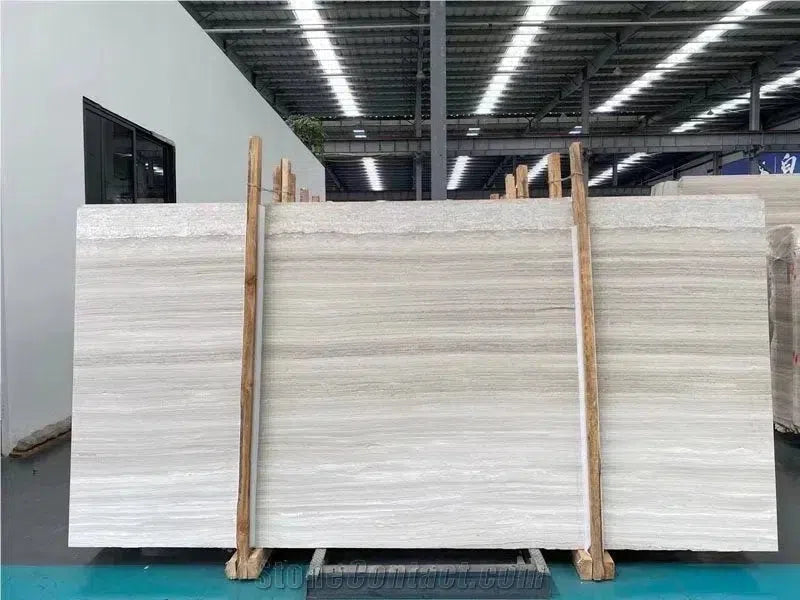 Haisa Light (White Wood) Limestone
Haisa Light (White Wood) Limestone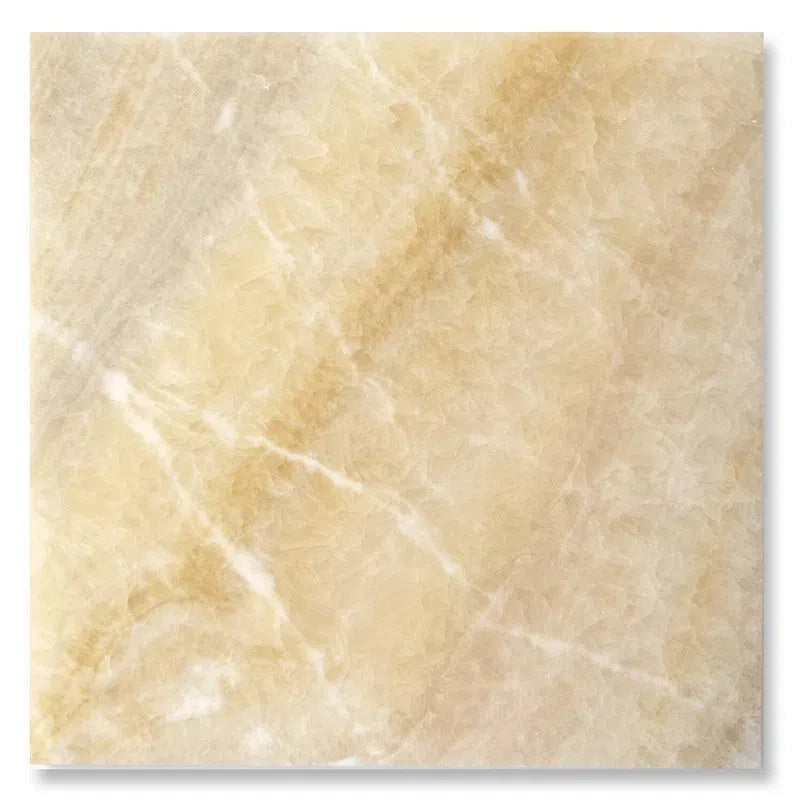 Honey Onyx Marble
Honey Onyx Marble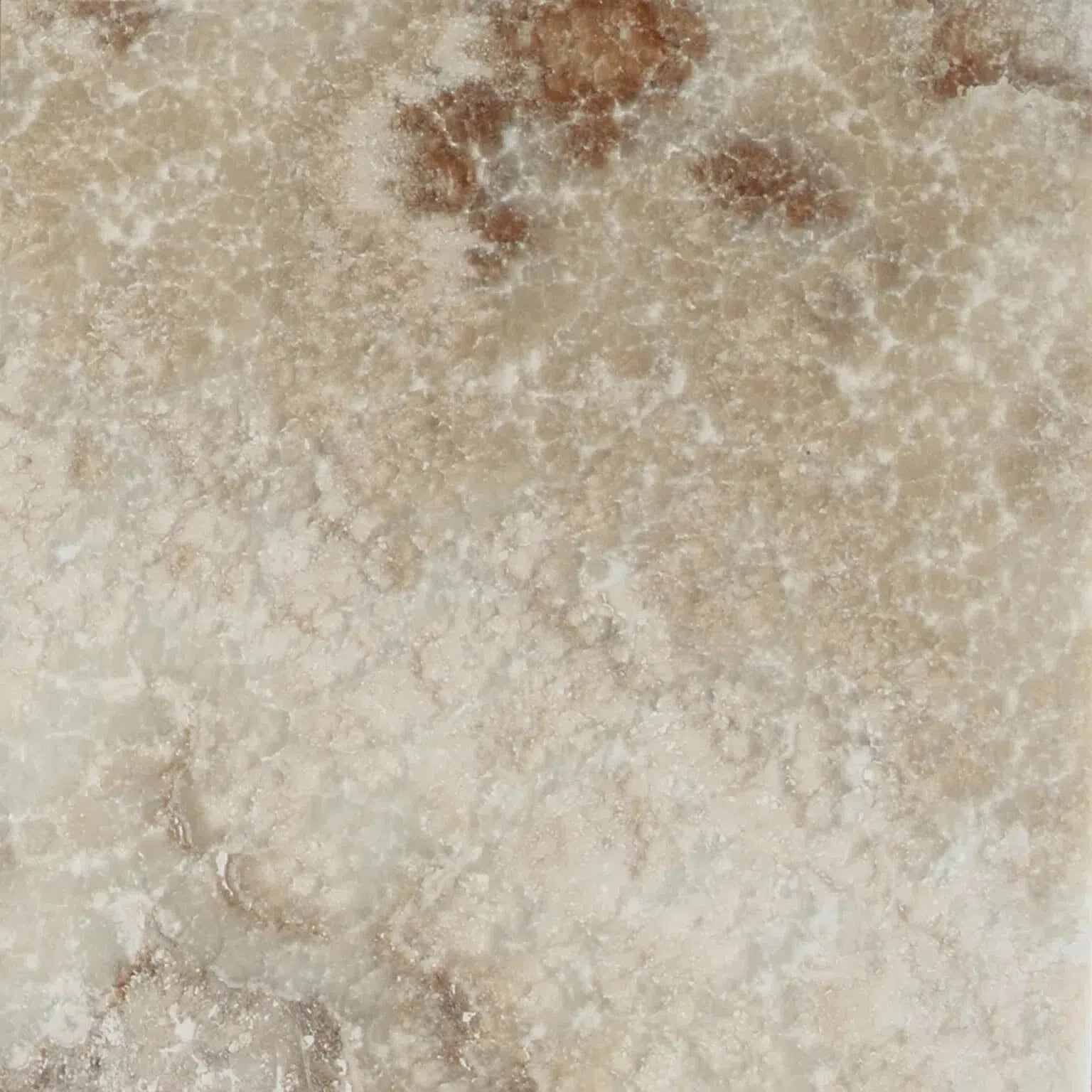 La Travonya Travertine
La Travonya Travertine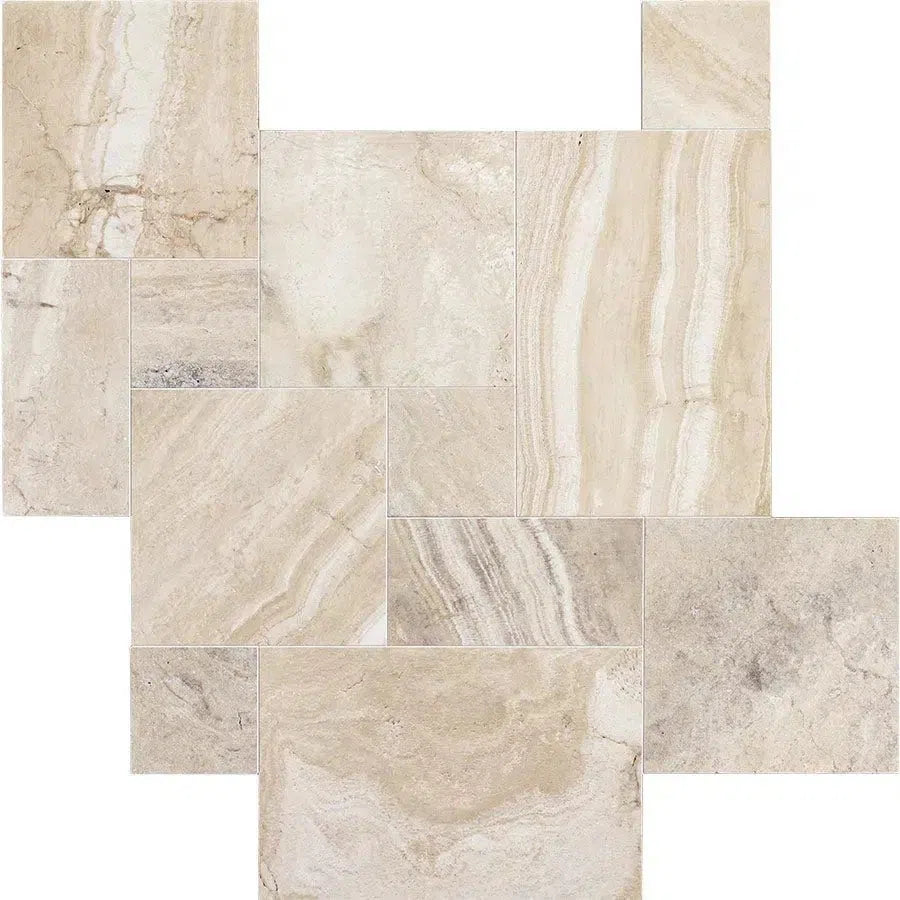 Malibu Travertine
Malibu Travertine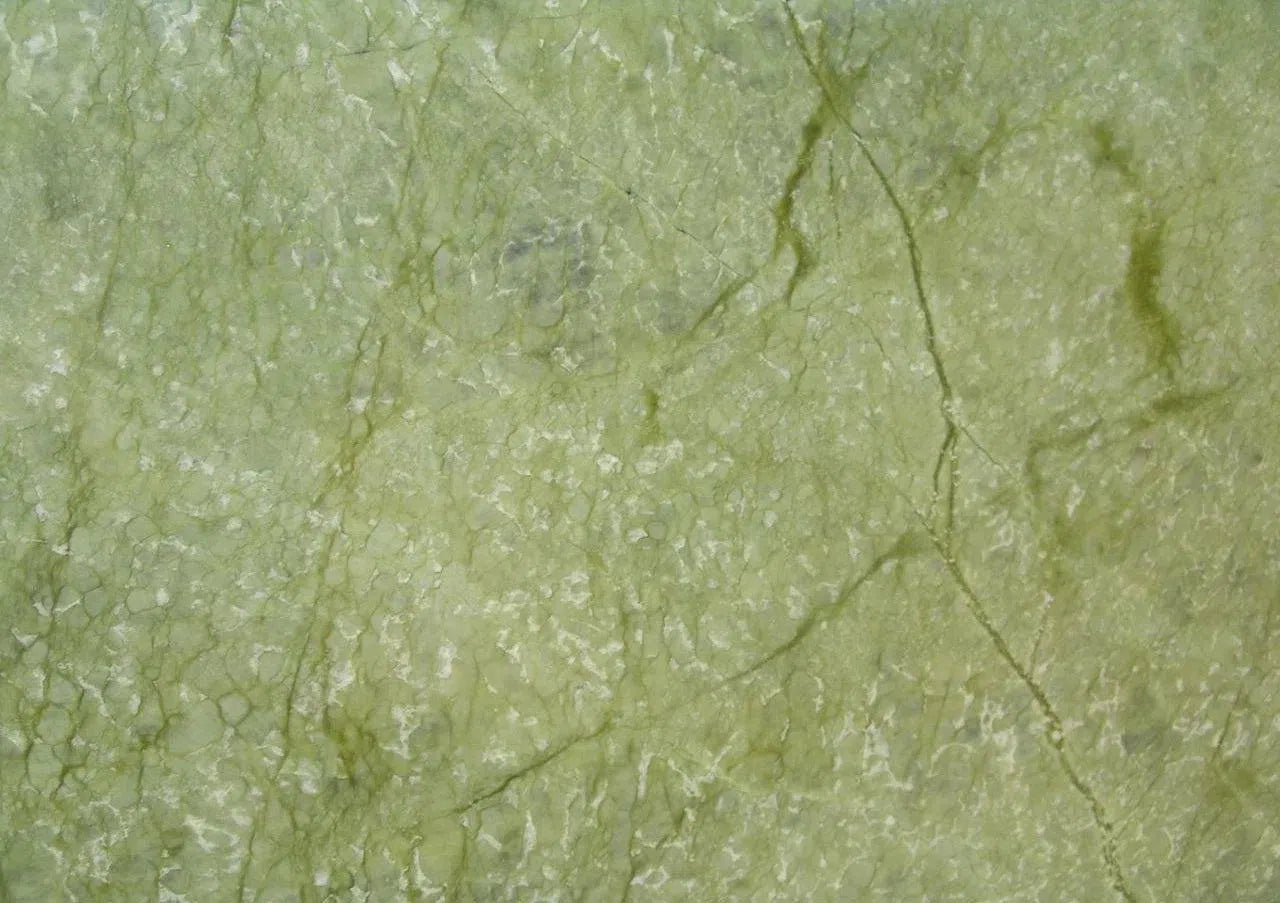 Ming Green Marble
Ming Green Marble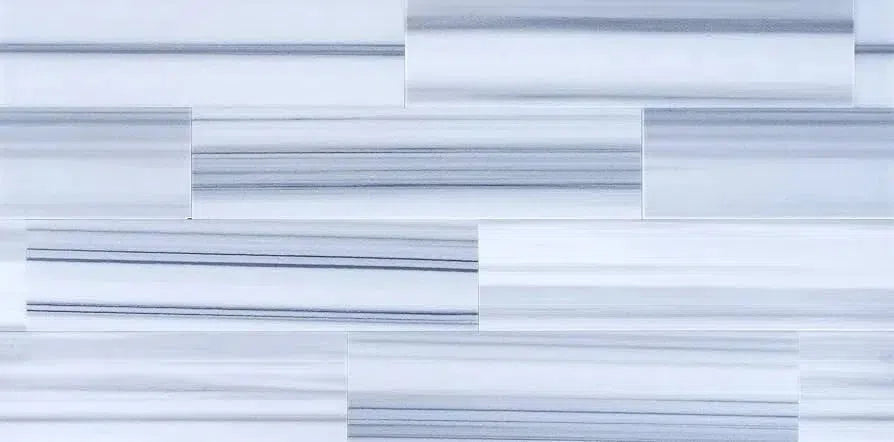 Mink (Equator) Marble
Mink (Equator) Marble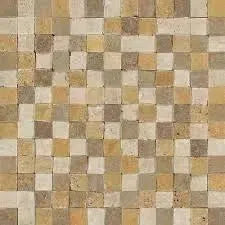 Mixed (Ivory-Noce-Gold) Travertine
Mixed (Ivory-Noce-Gold) Travertine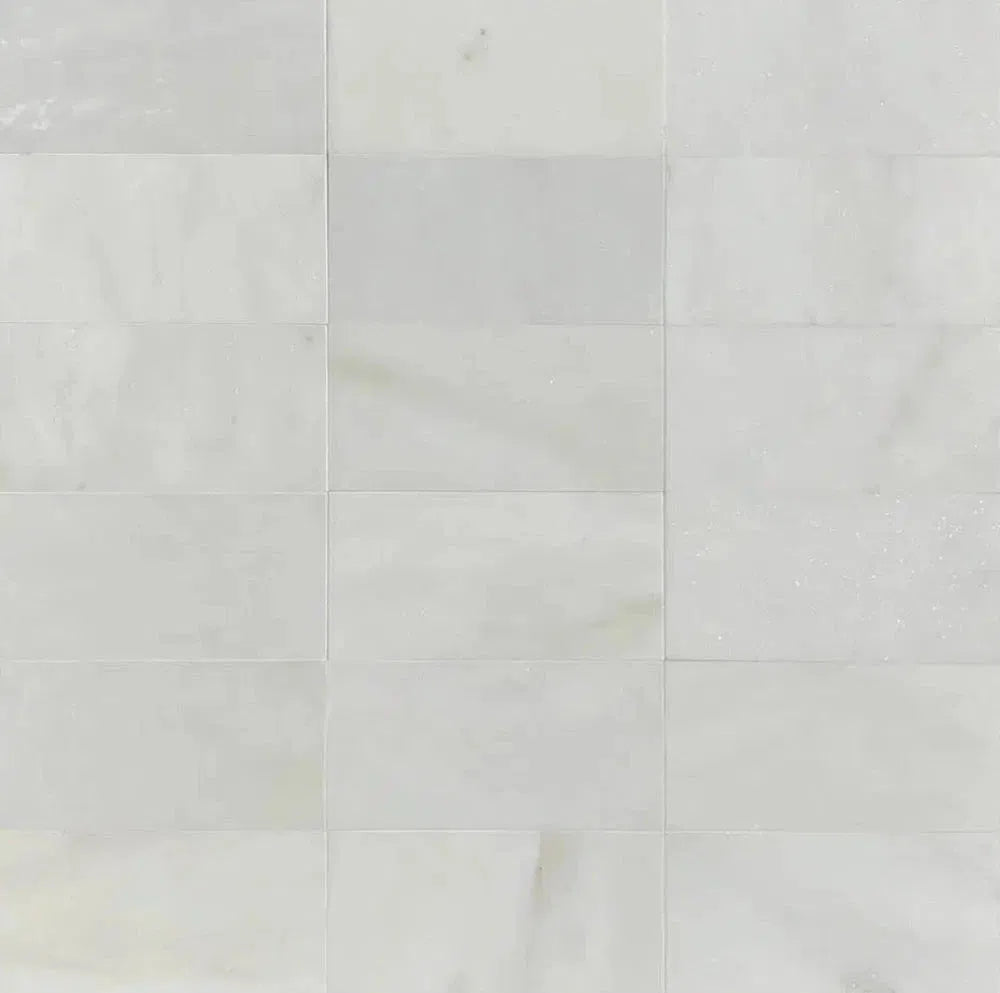 Oriental White Marble
Oriental White Marble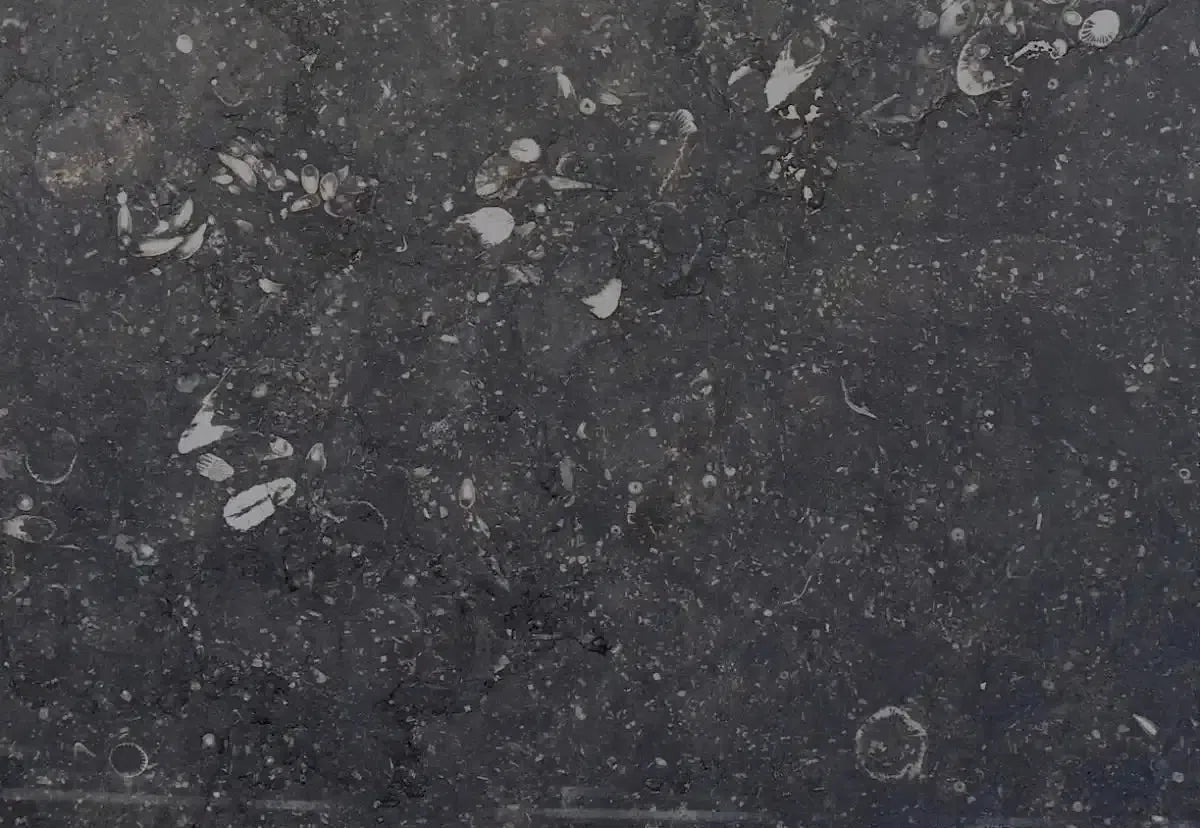 Pierre Bleue (Pierre Blue) Marble
Pierre Bleue (Pierre Blue) Marble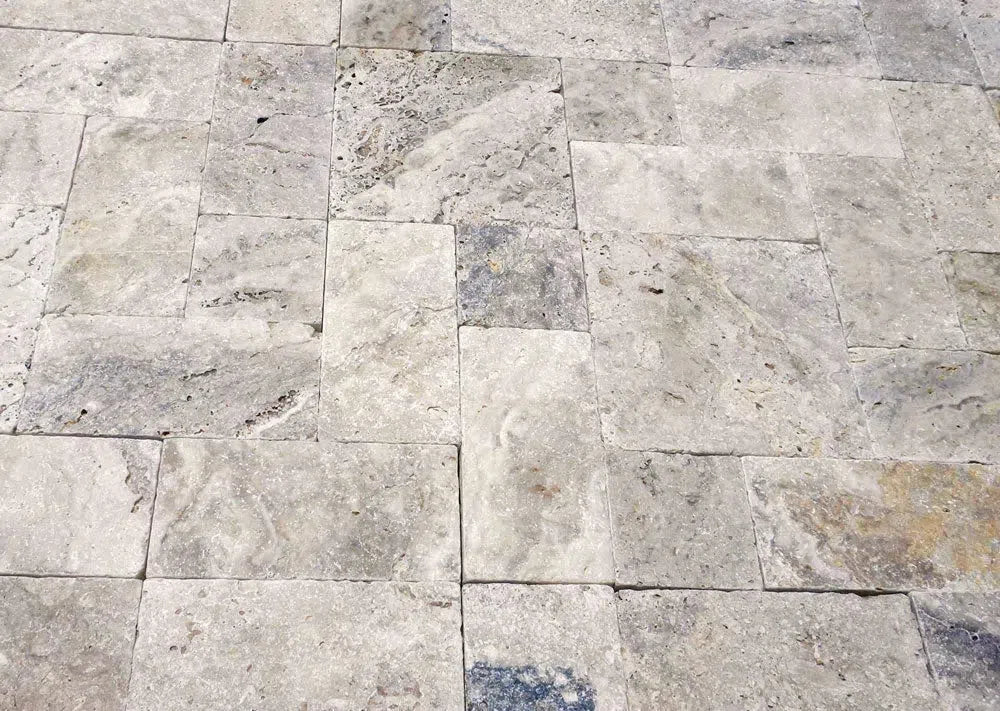 Philadelphia Travertine
Philadelphia Travertine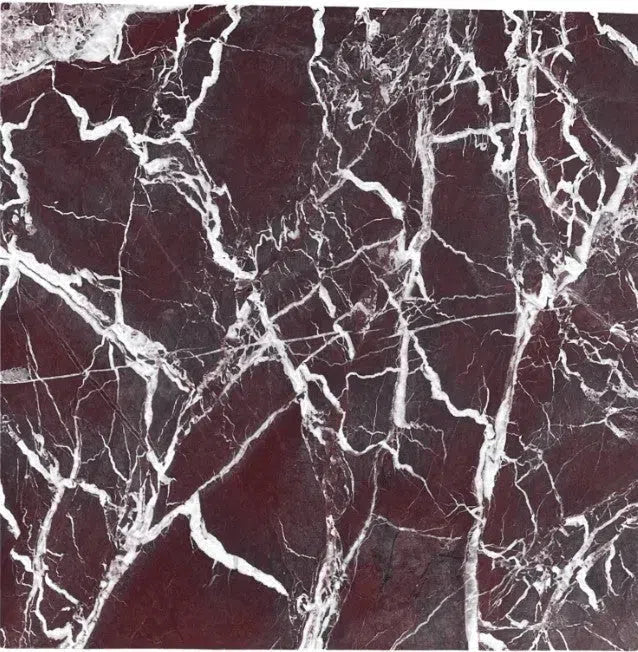 Rosso Levanto Marble
Rosso Levanto Marble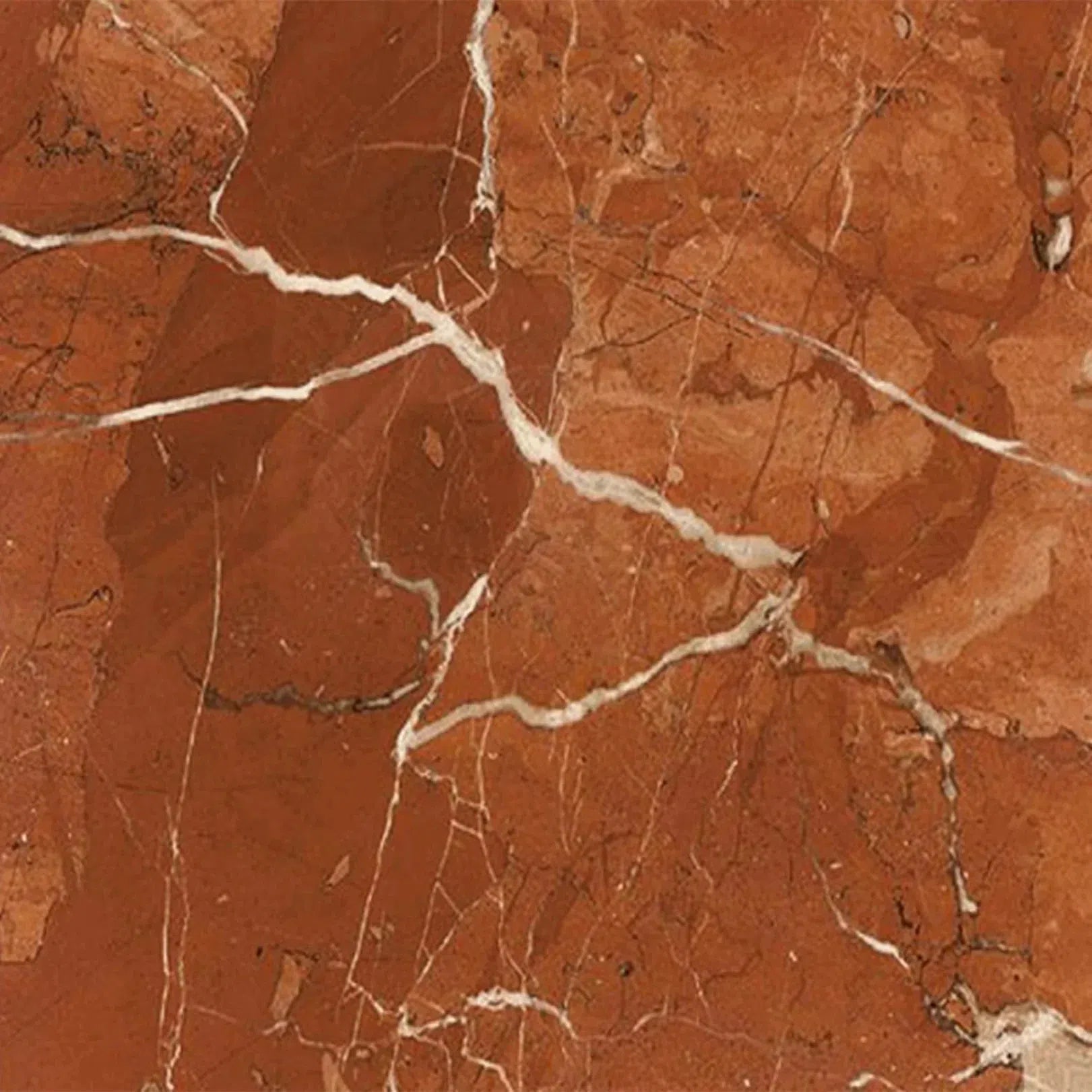 Rojo Alicante Marble
Rojo Alicante Marble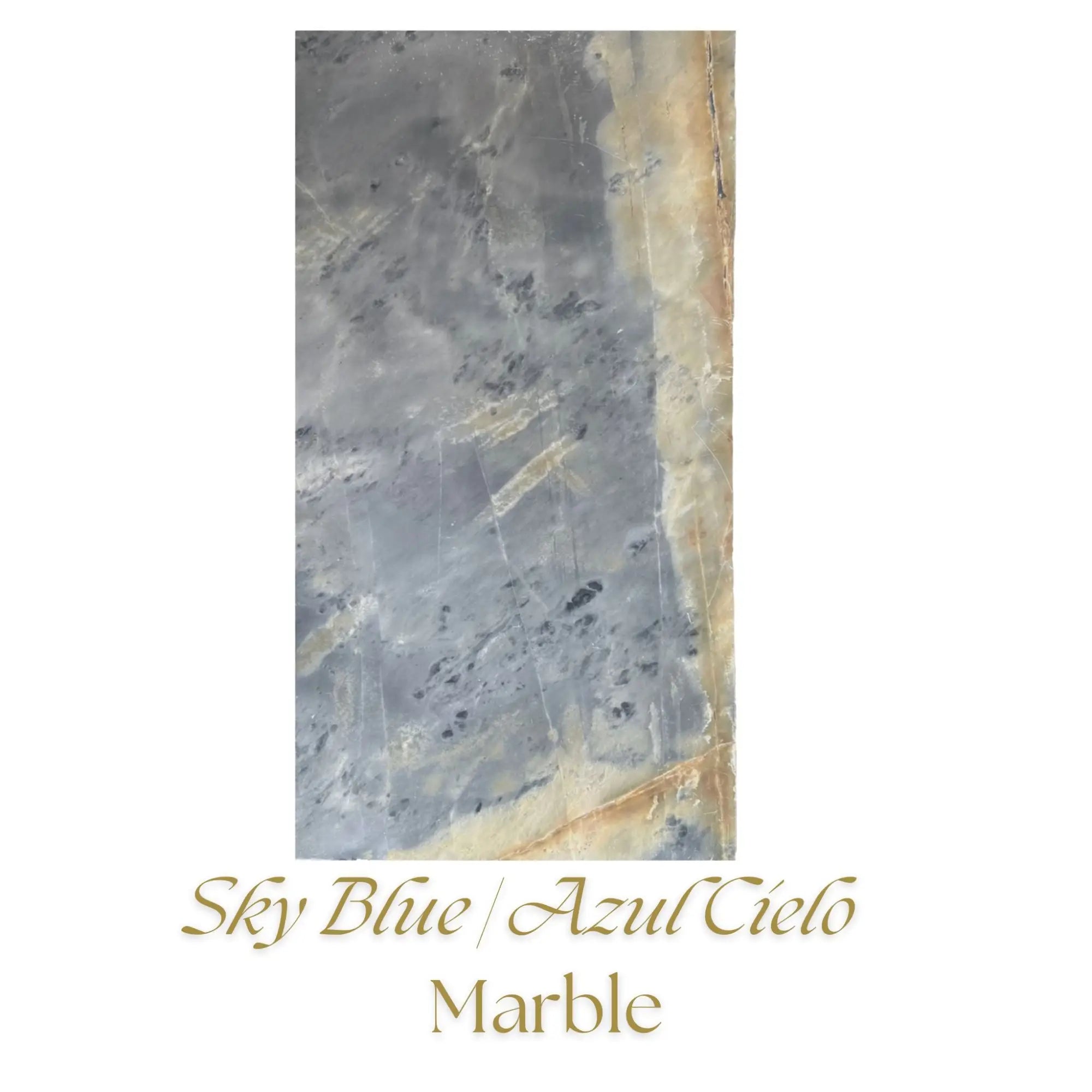 Sky Blue | Azul Cielo Marble
Sky Blue | Azul Cielo Marble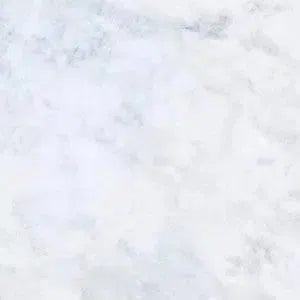 Snow White (Afyon White) Marble
Snow White (Afyon White) Marble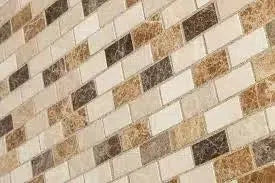 Spanish Mix Marble
Spanish Mix Marble Storm Gray Marble
Storm Gray Marble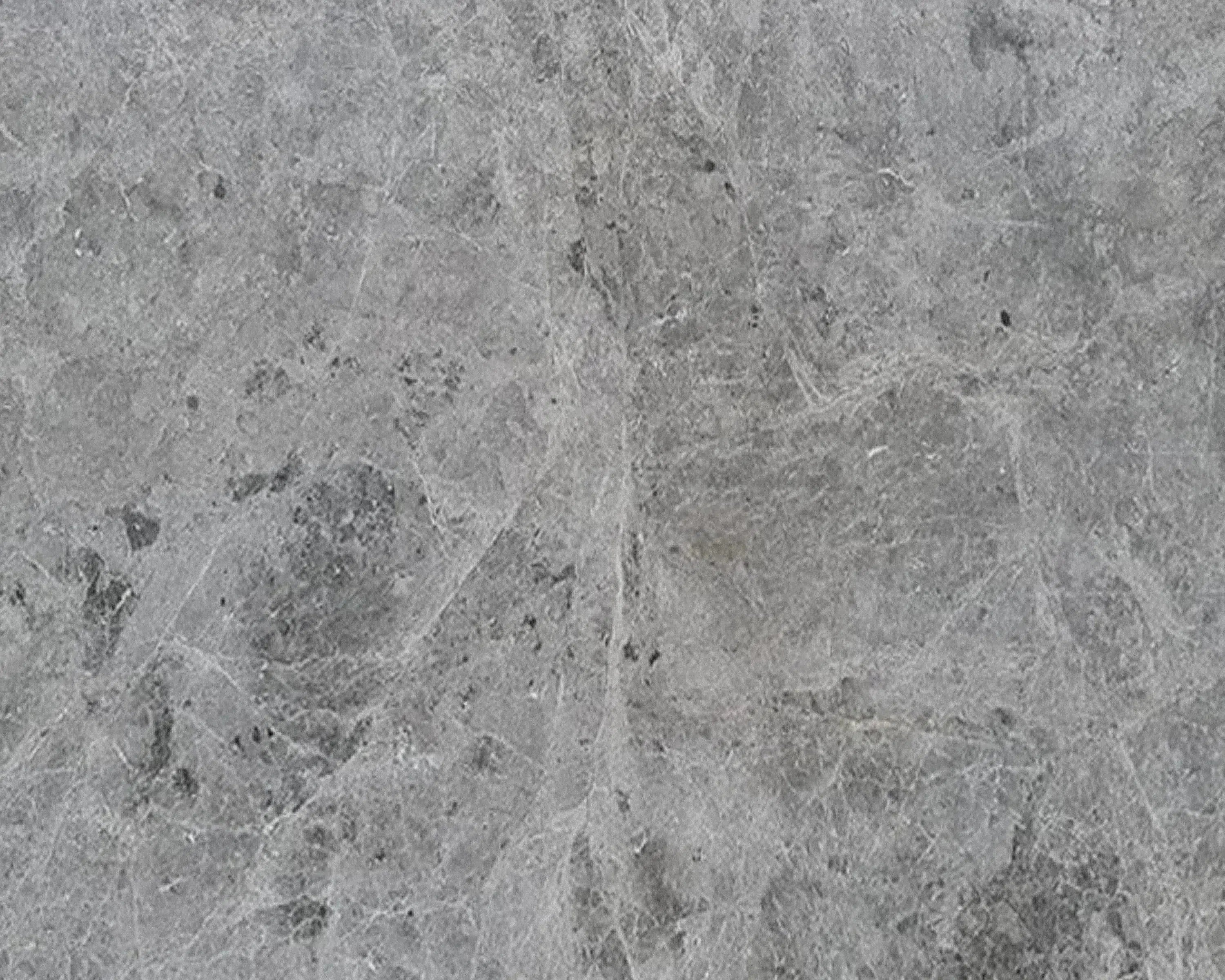 Tundra Gray (Atlantic Gray) Marble
Tundra Gray (Atlantic Gray) Marble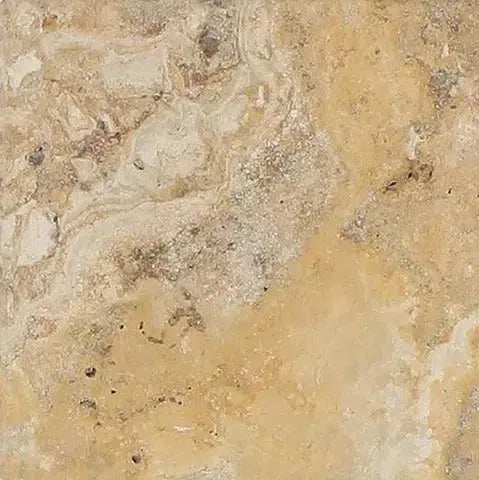 Valencia Travertine
Valencia Travertine Valerenga Travertine
Valerenga Travertine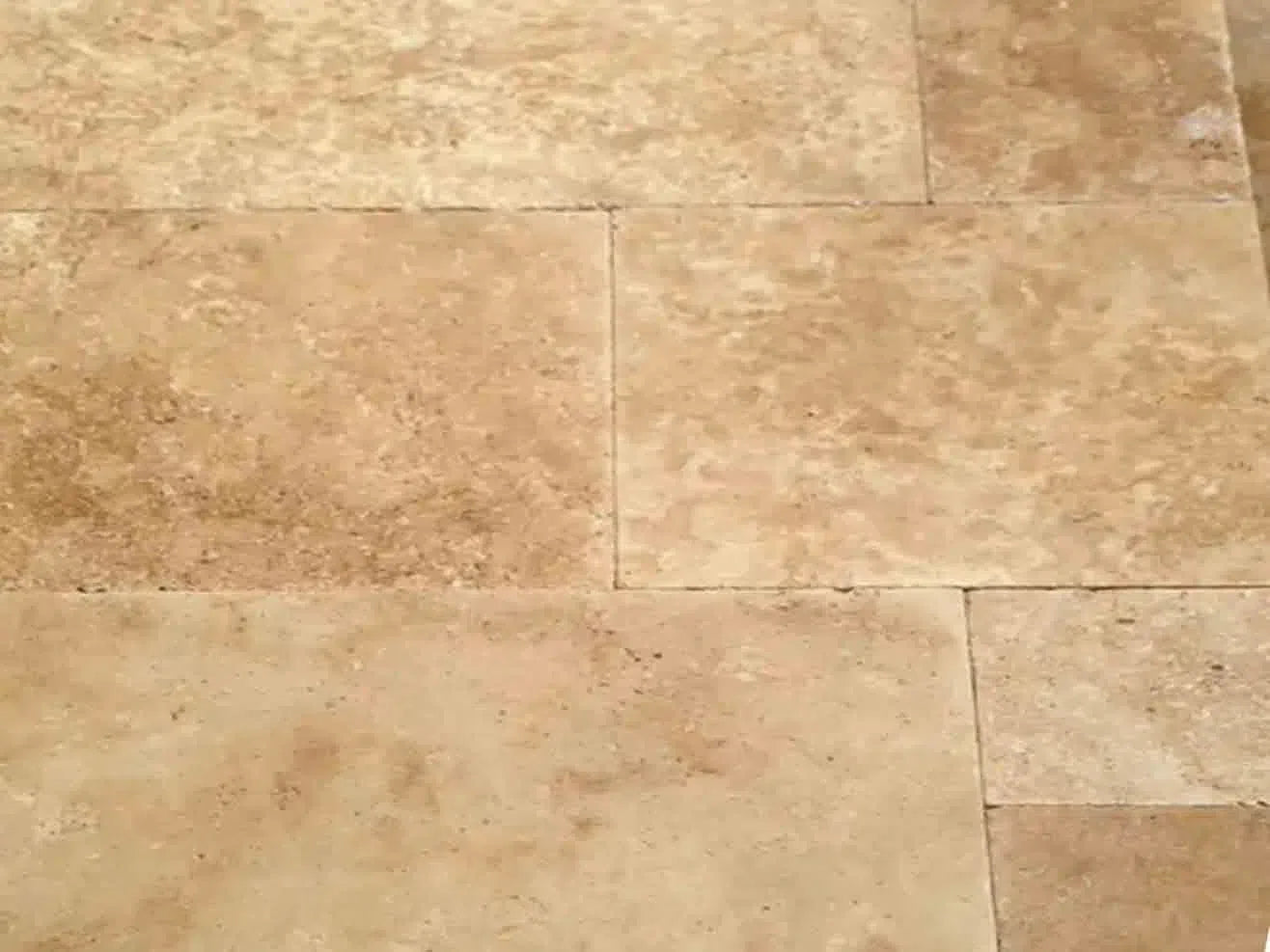 Walnut Travertine
Walnut Travertine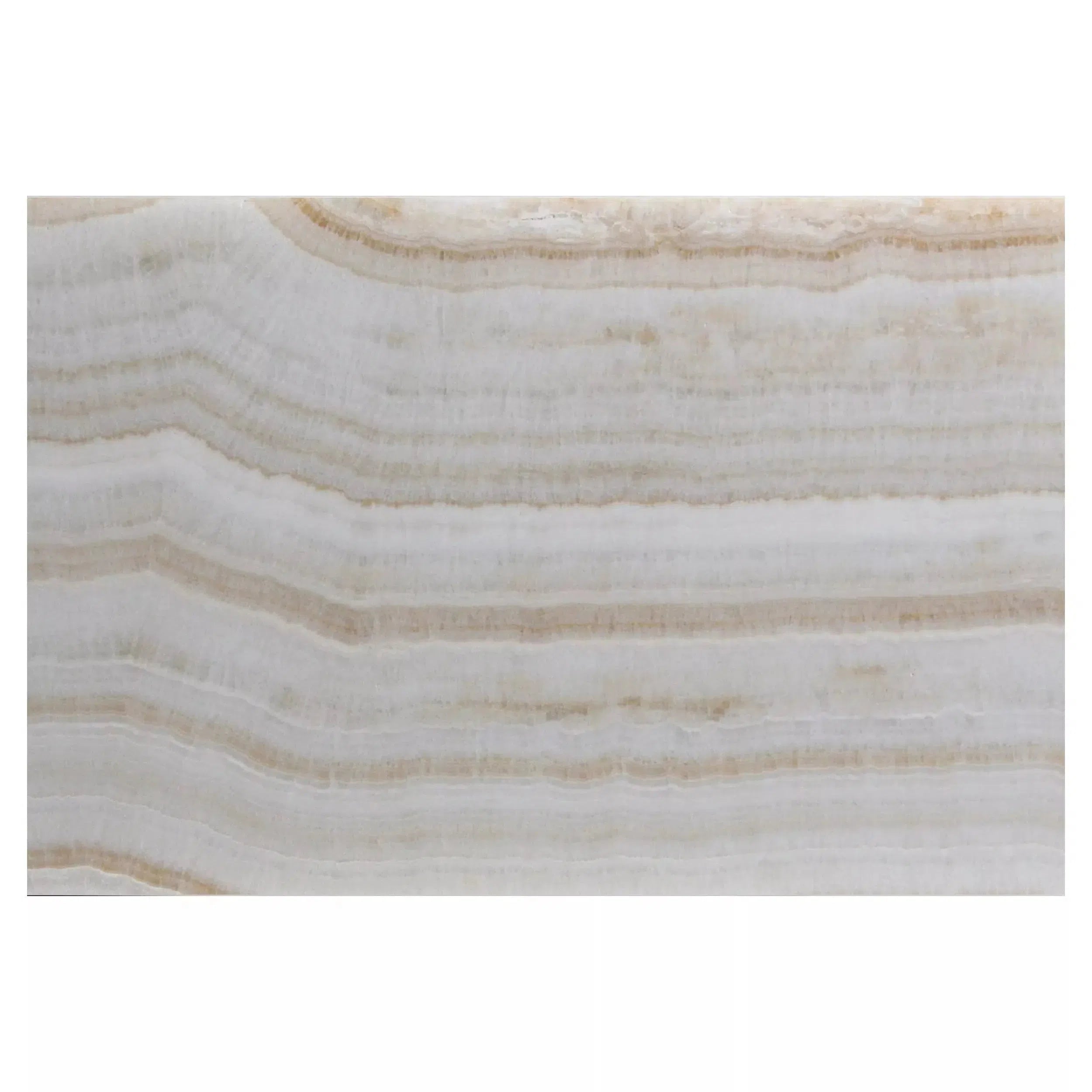 White Onyx Marble
White Onyx Marble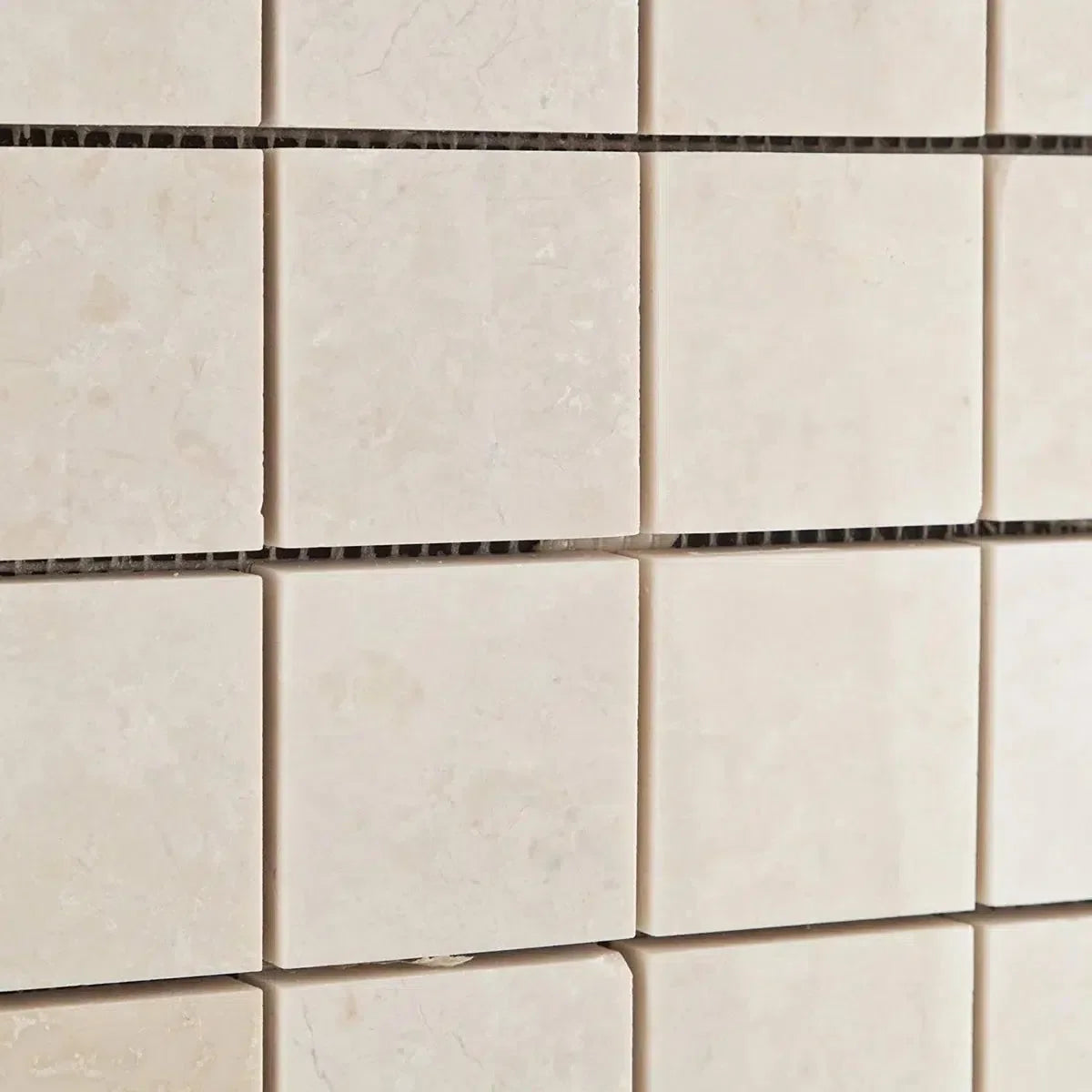 White Pearl/Botticino Beiege Marble
White Pearl/Botticino Beiege Marble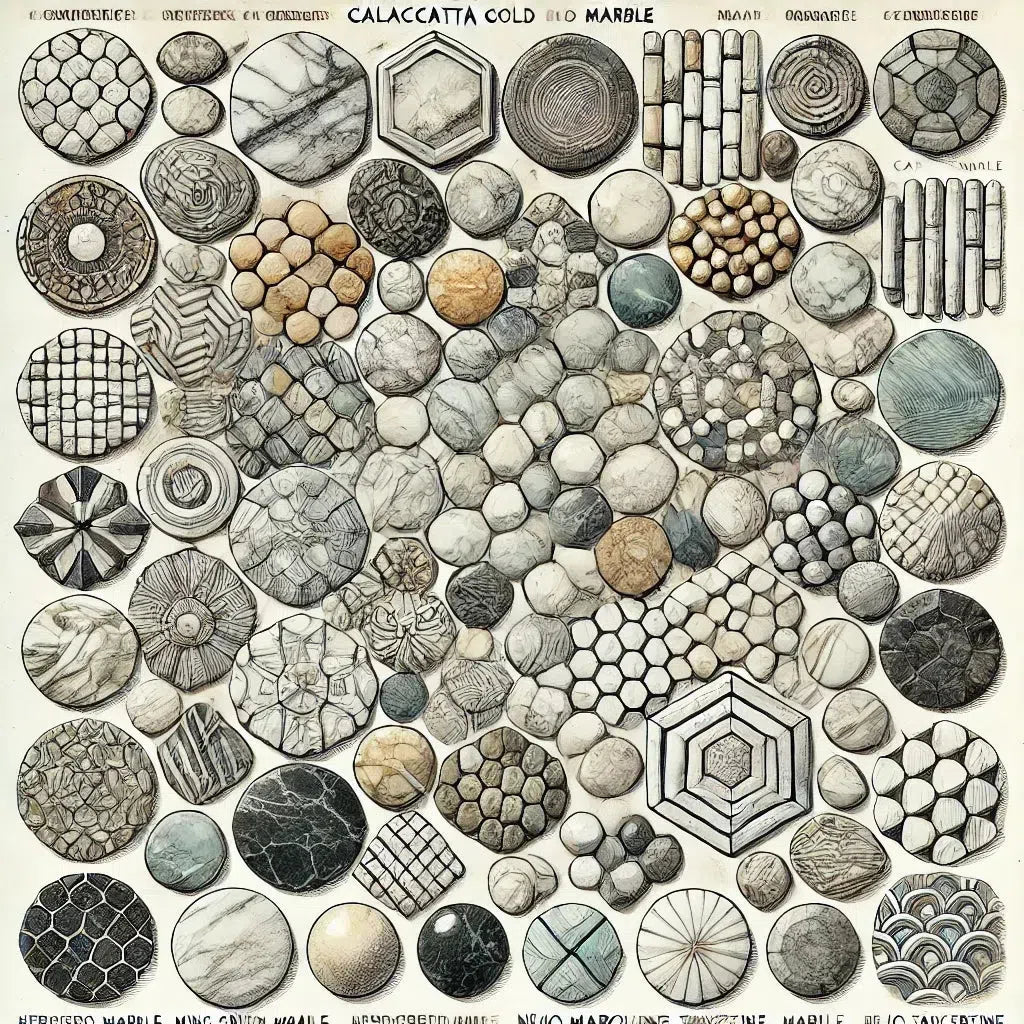 Shop By Type
Shop By Type
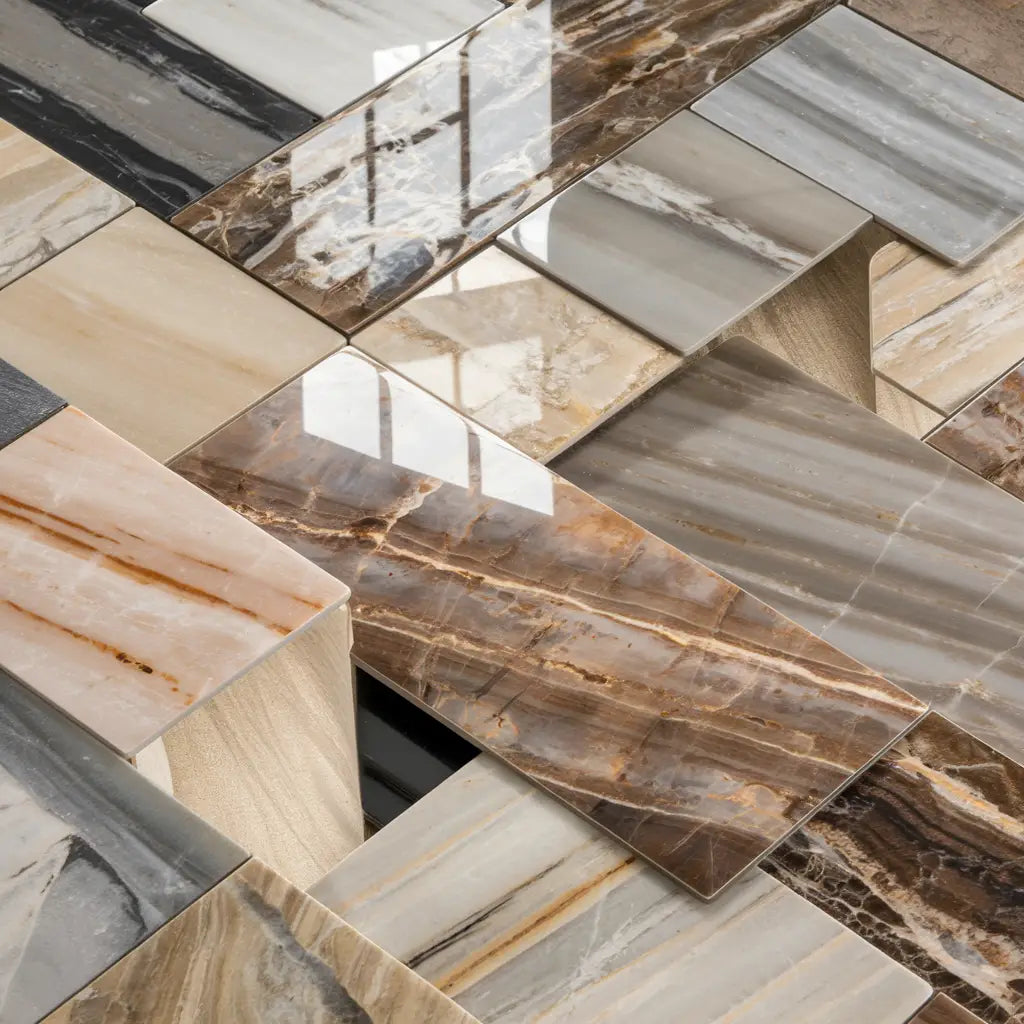 Marble Tiles
Marble Tiles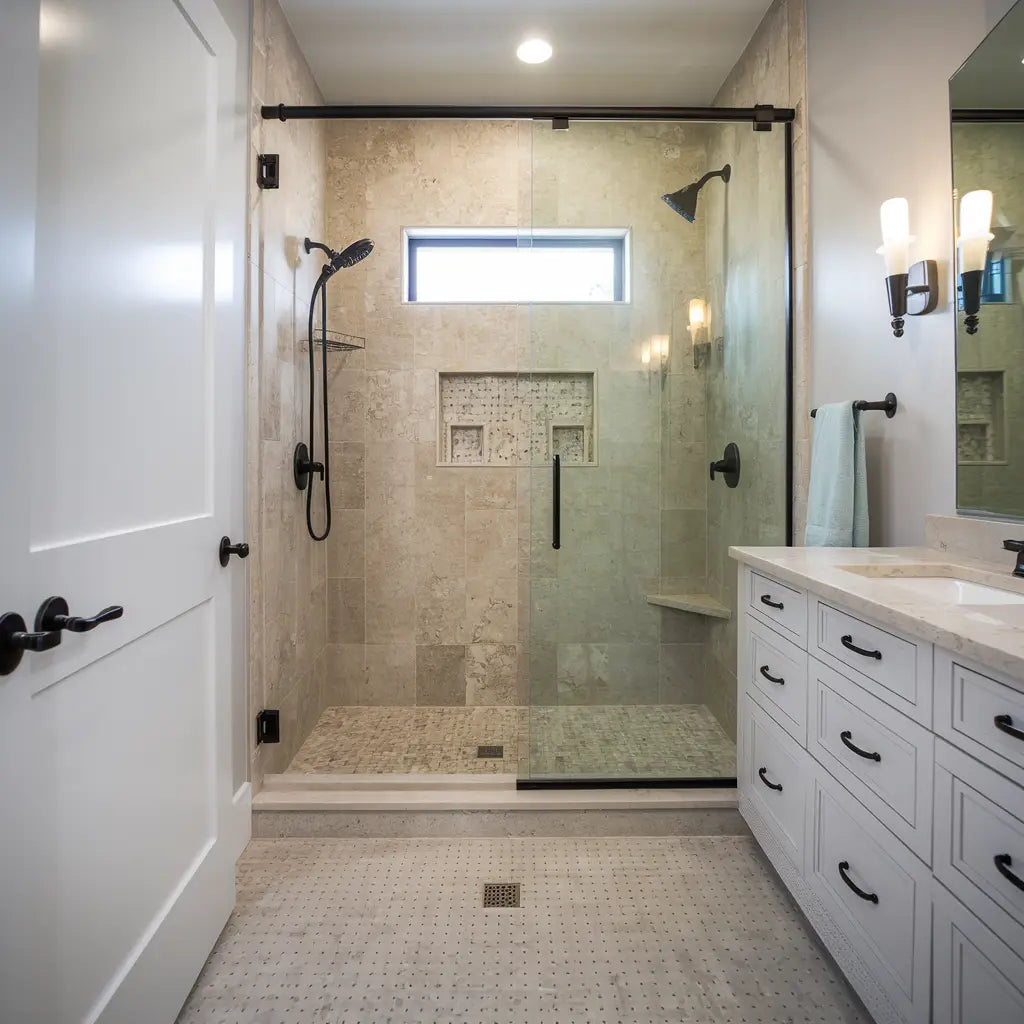 Marble Mosaic
Marble Mosaic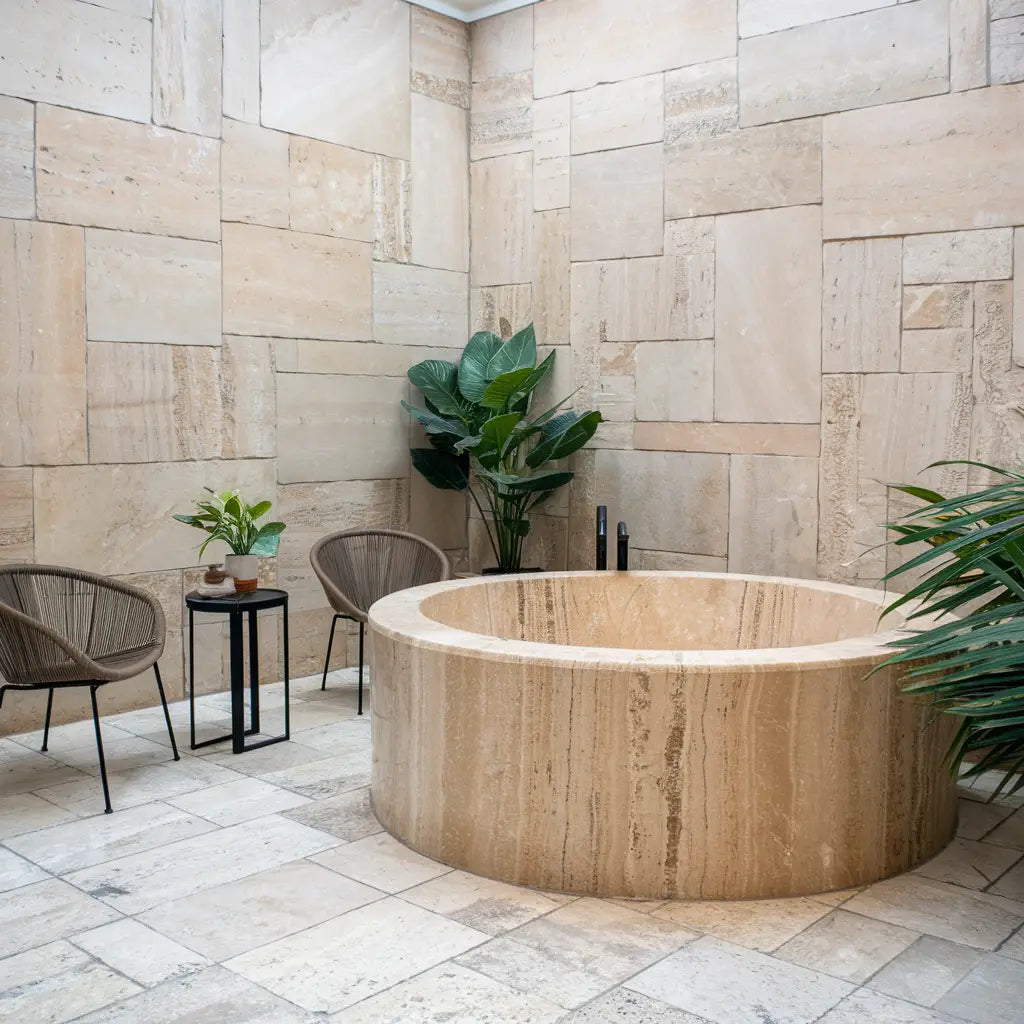 Travertine Tiles
Travertine Tiles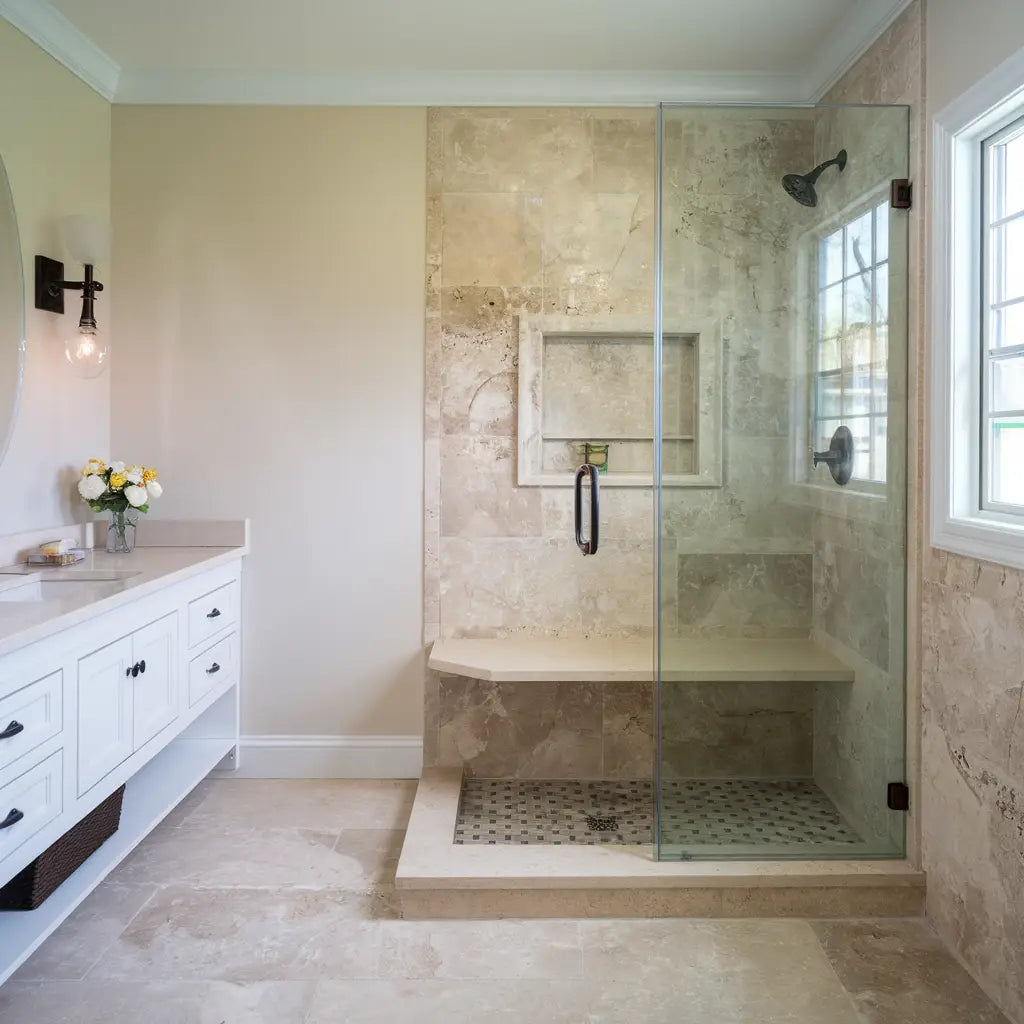 Travertine Mosaic
Travertine Mosaic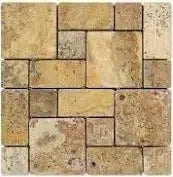 4 pcs Versailles Pattern / French Pattern Set
4 pcs Versailles Pattern / French Pattern Set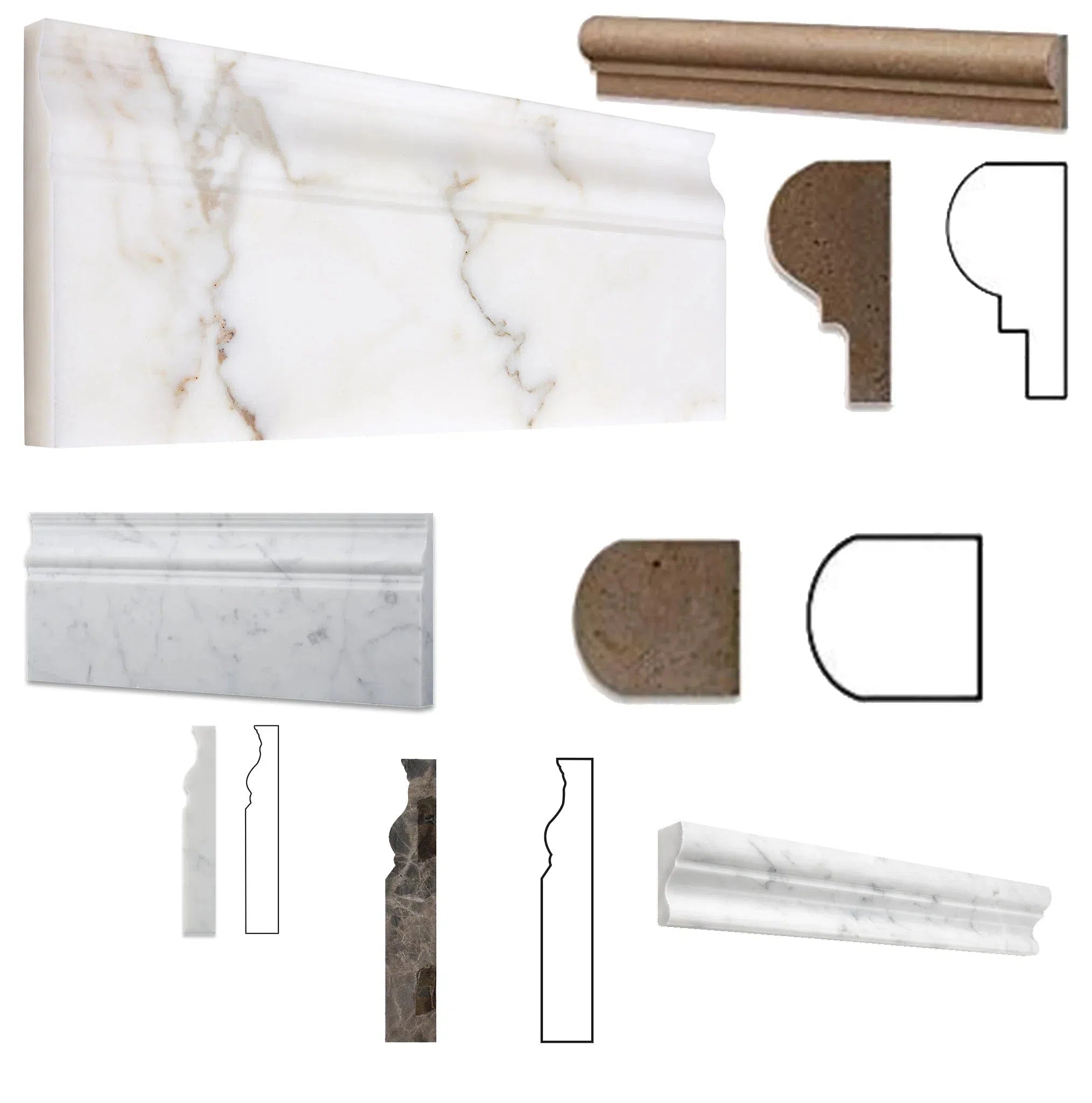 Molding/Trim
Molding/Trim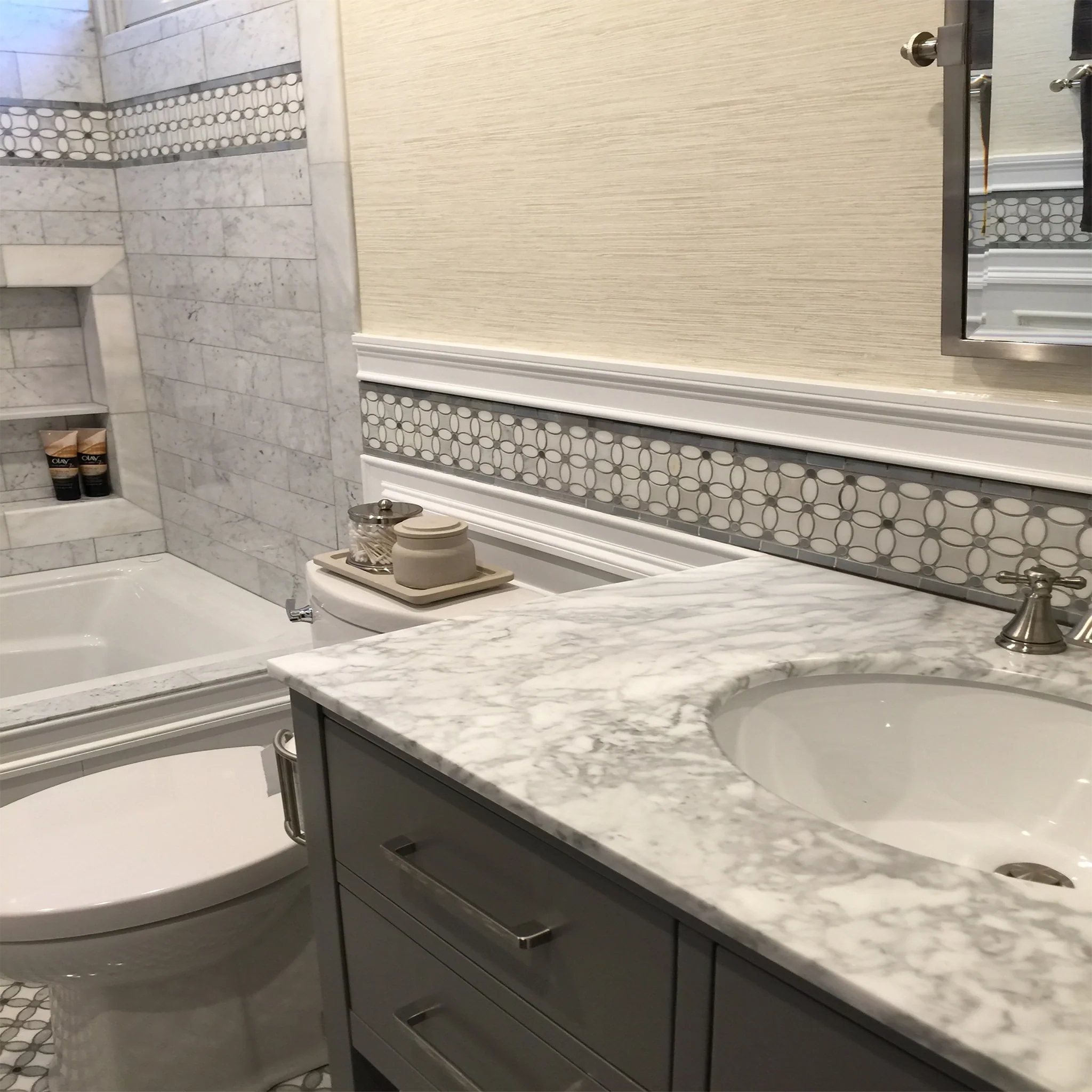 Border/Listello
Border/Listello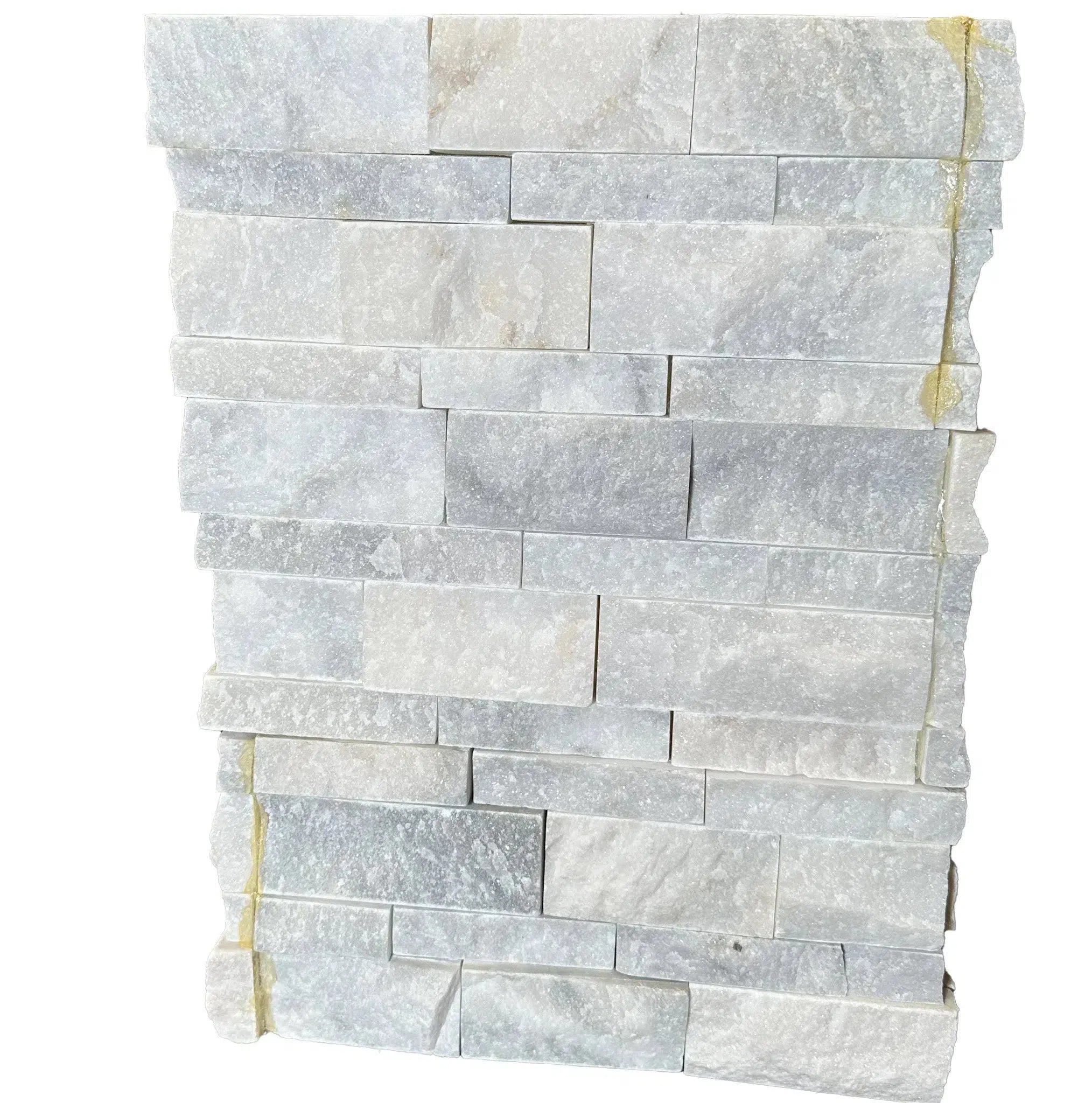 Ledger-Panel
Ledger-Panel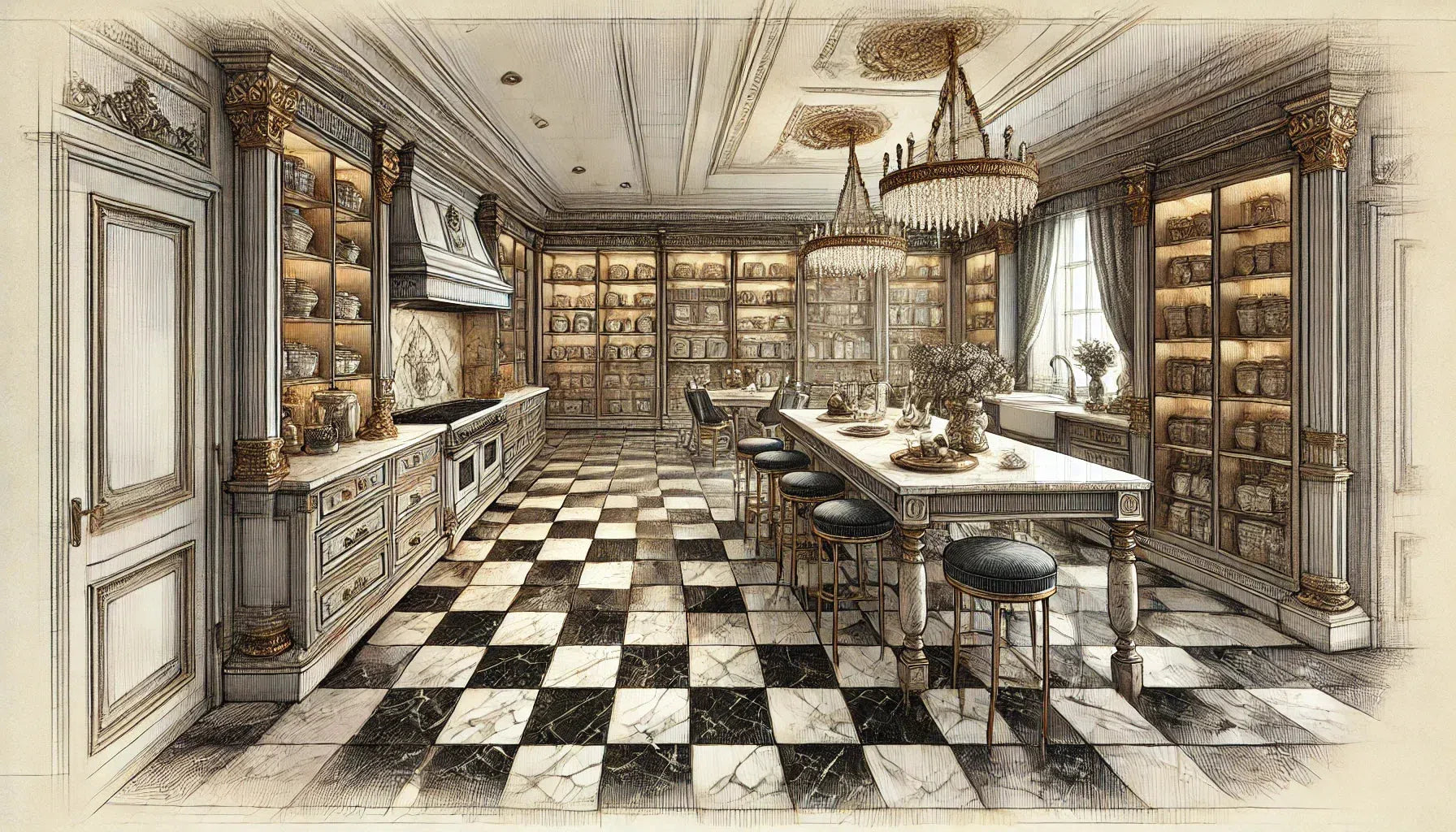 Checkerboard
Checkerboard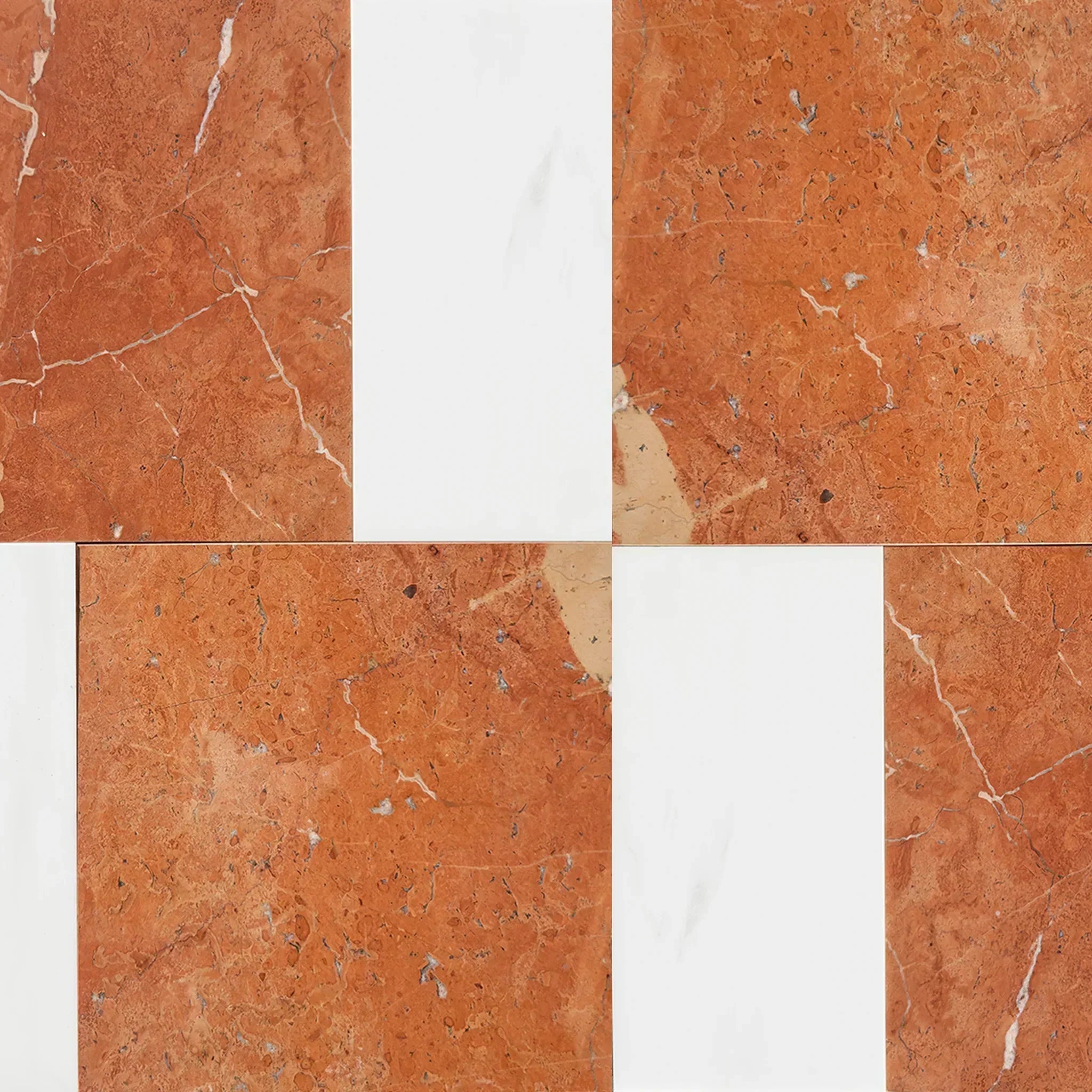 Patterned Tile Collection
Patterned Tile Collection 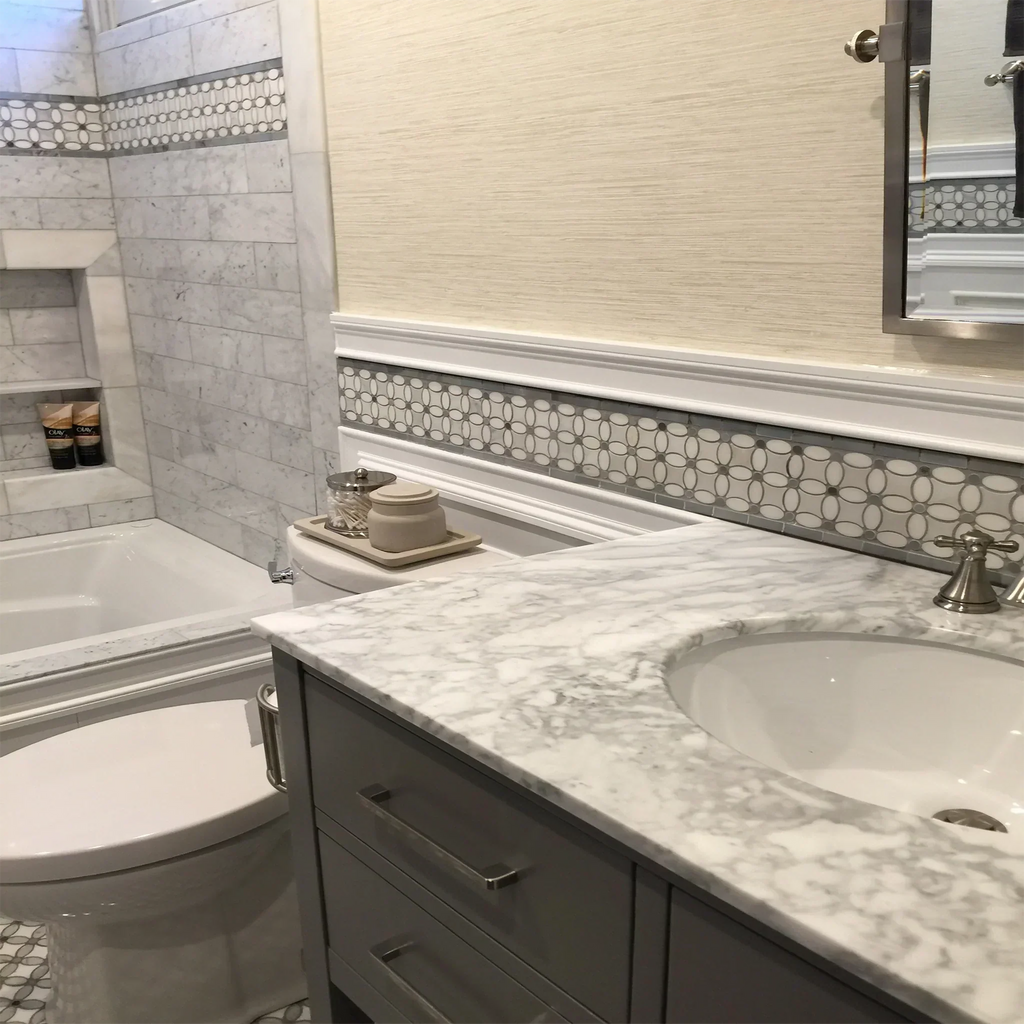 Shop By Finish
Shop By Finish
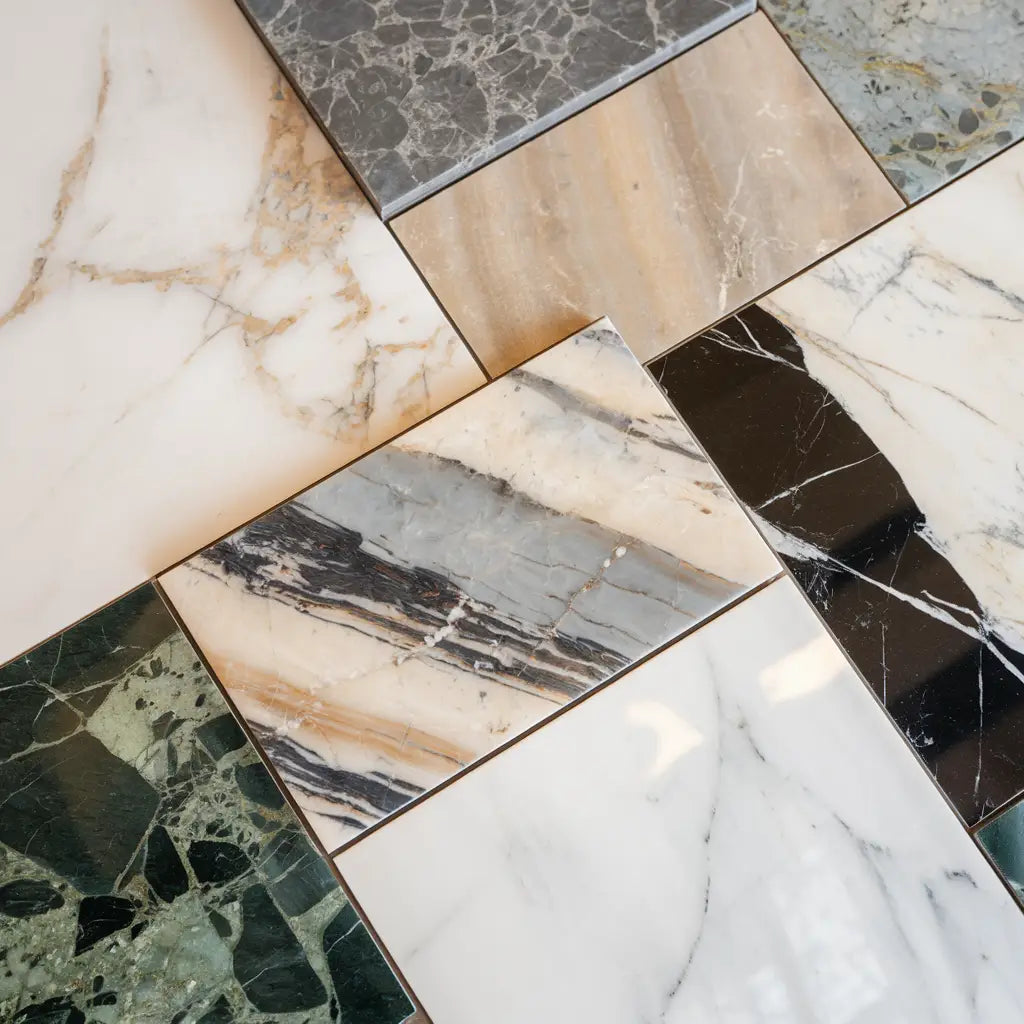 Polished
Polished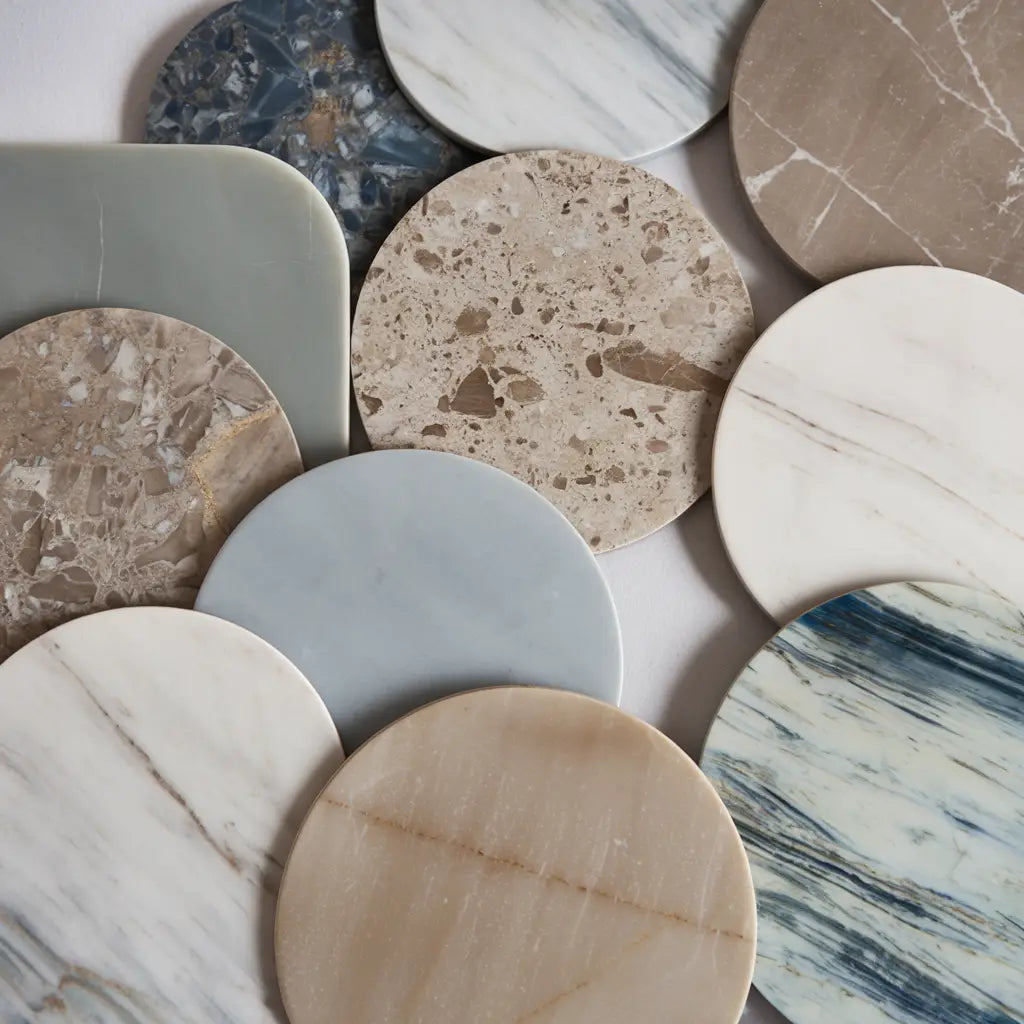 Honed
Honed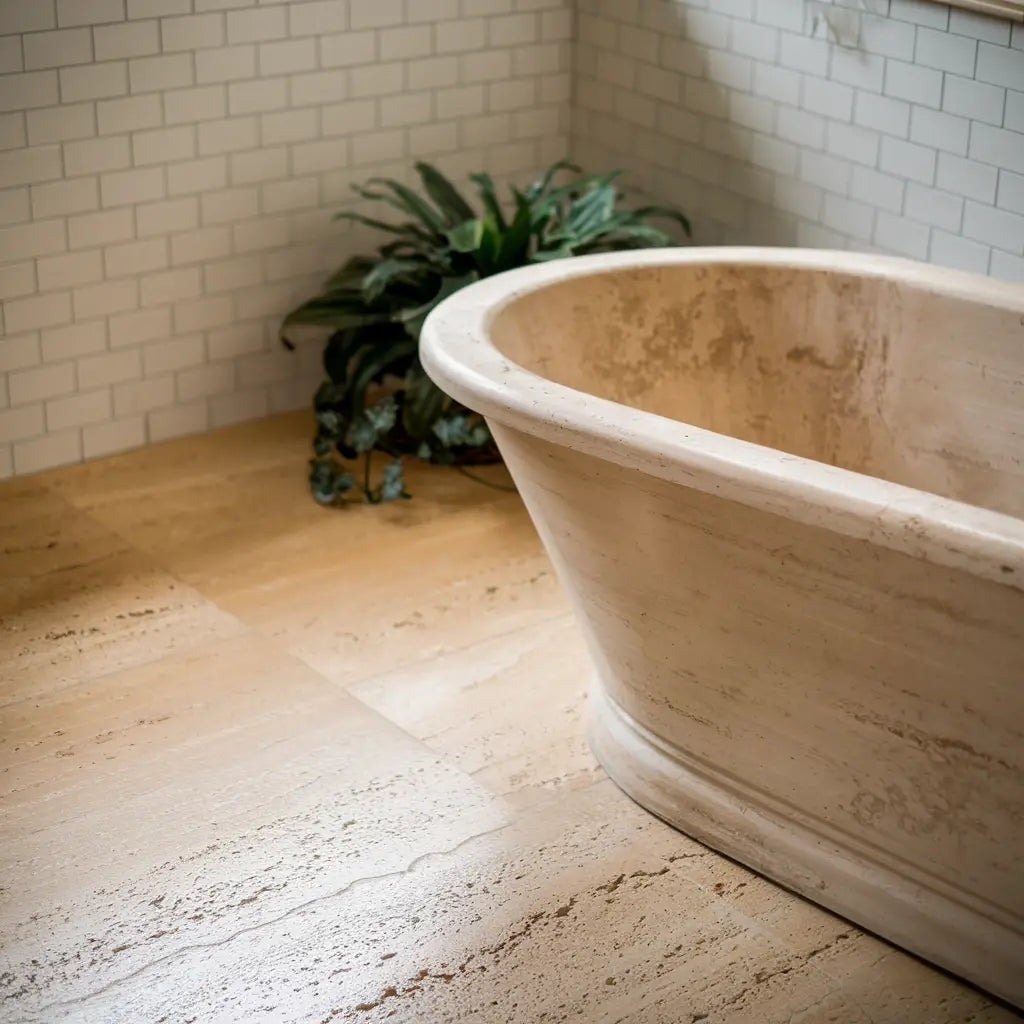 Brushed
Brushed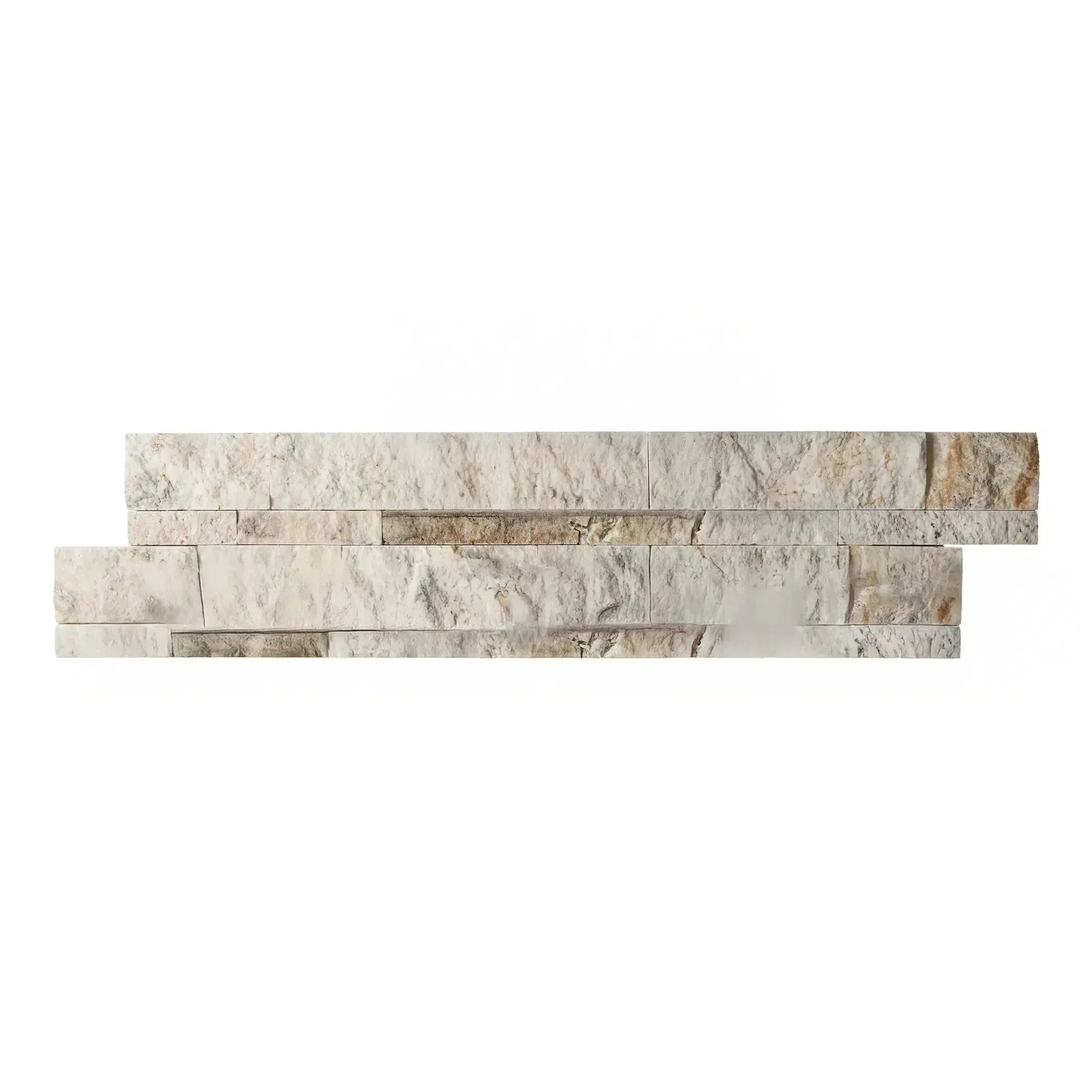 Split Face
Split Face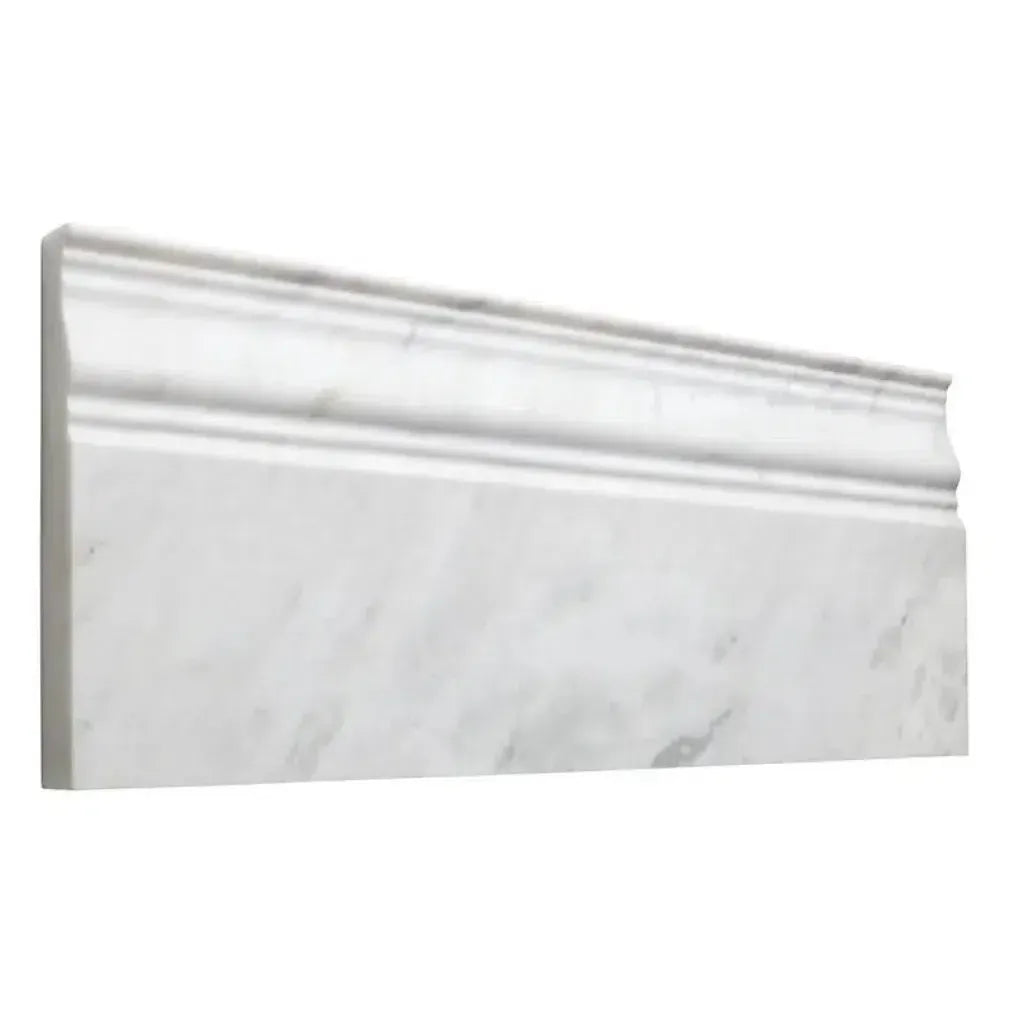 Textured
Textured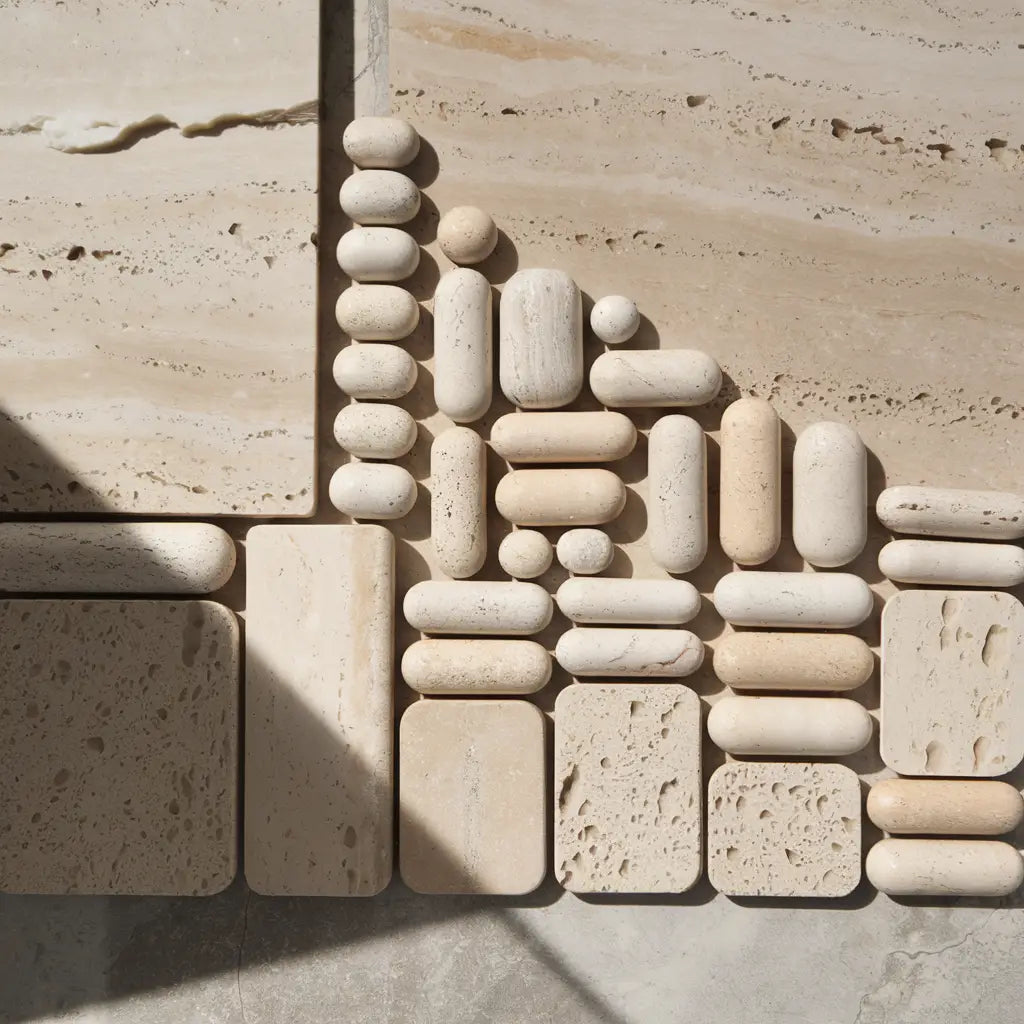 Tumbled
Tumbled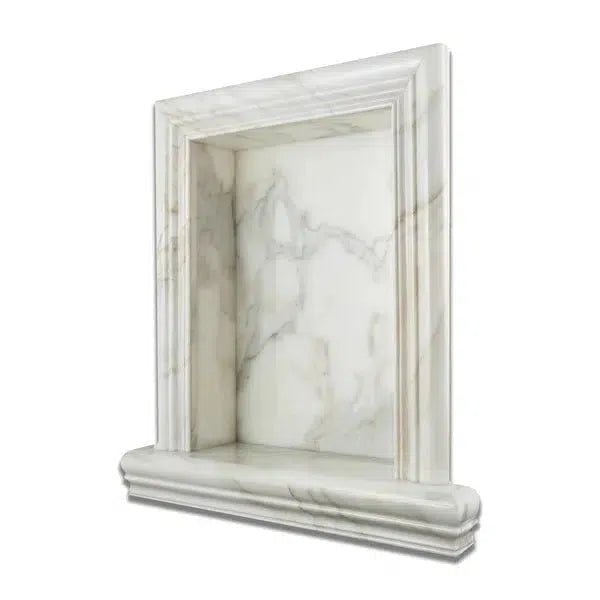 Accessories
Accessories
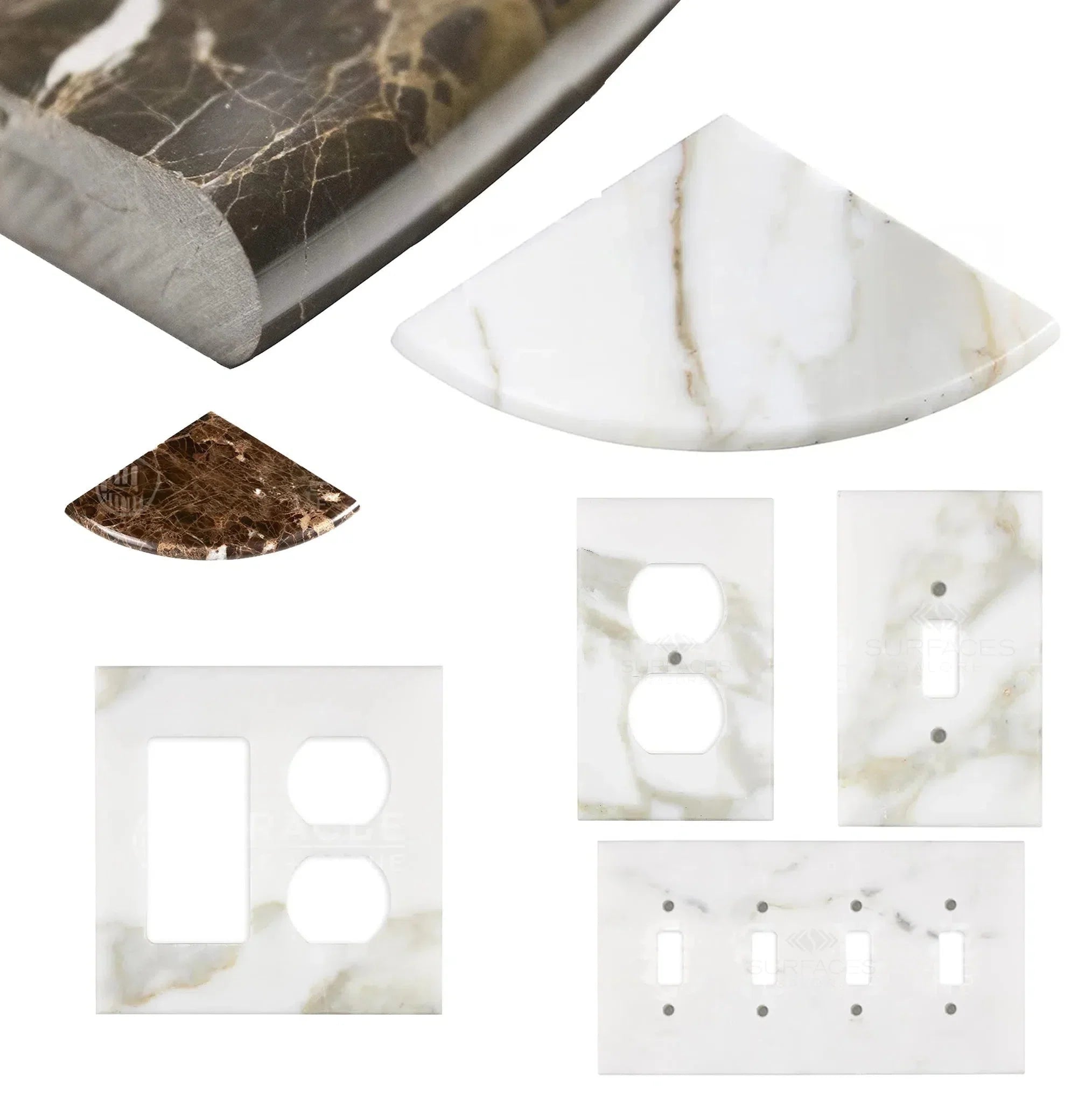 Wall Plate / Switch Plate
Wall Plate / Switch Plate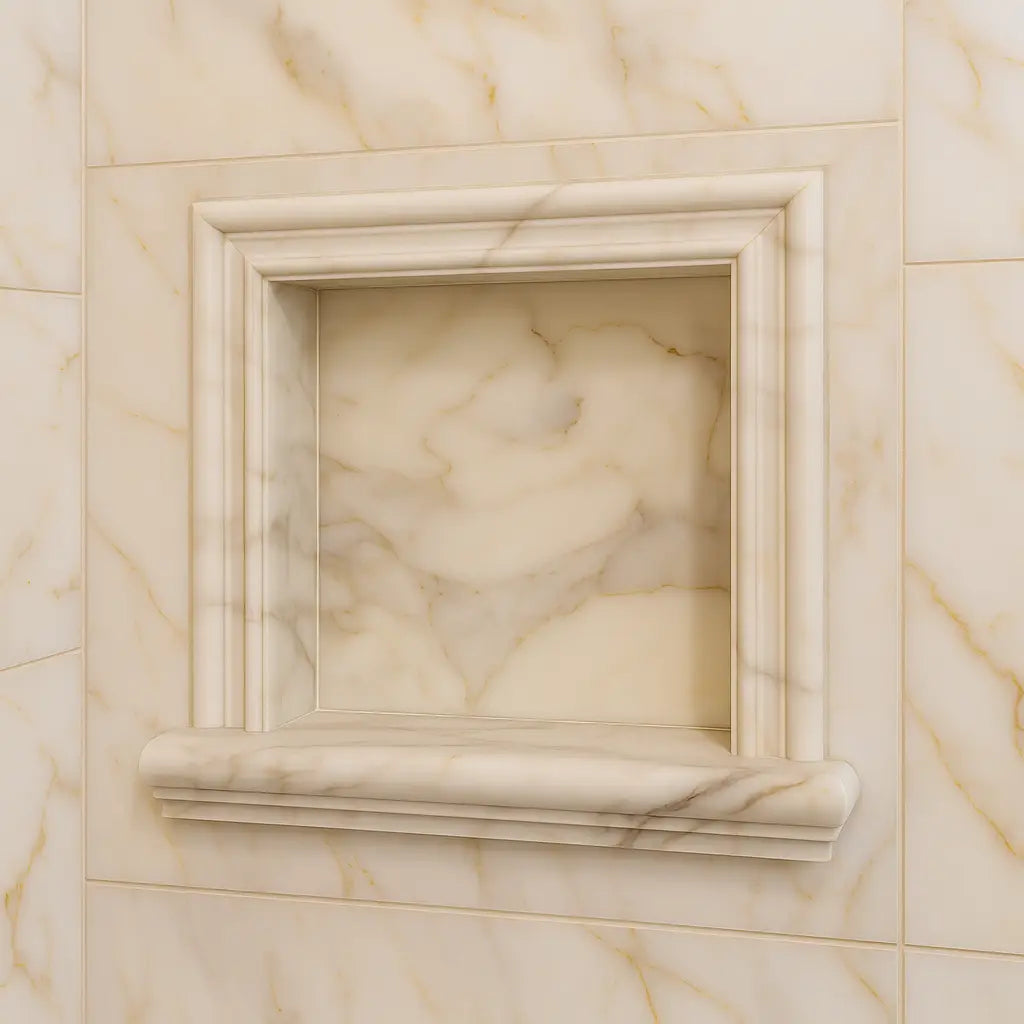 Shampoo Niche
Shampoo Niche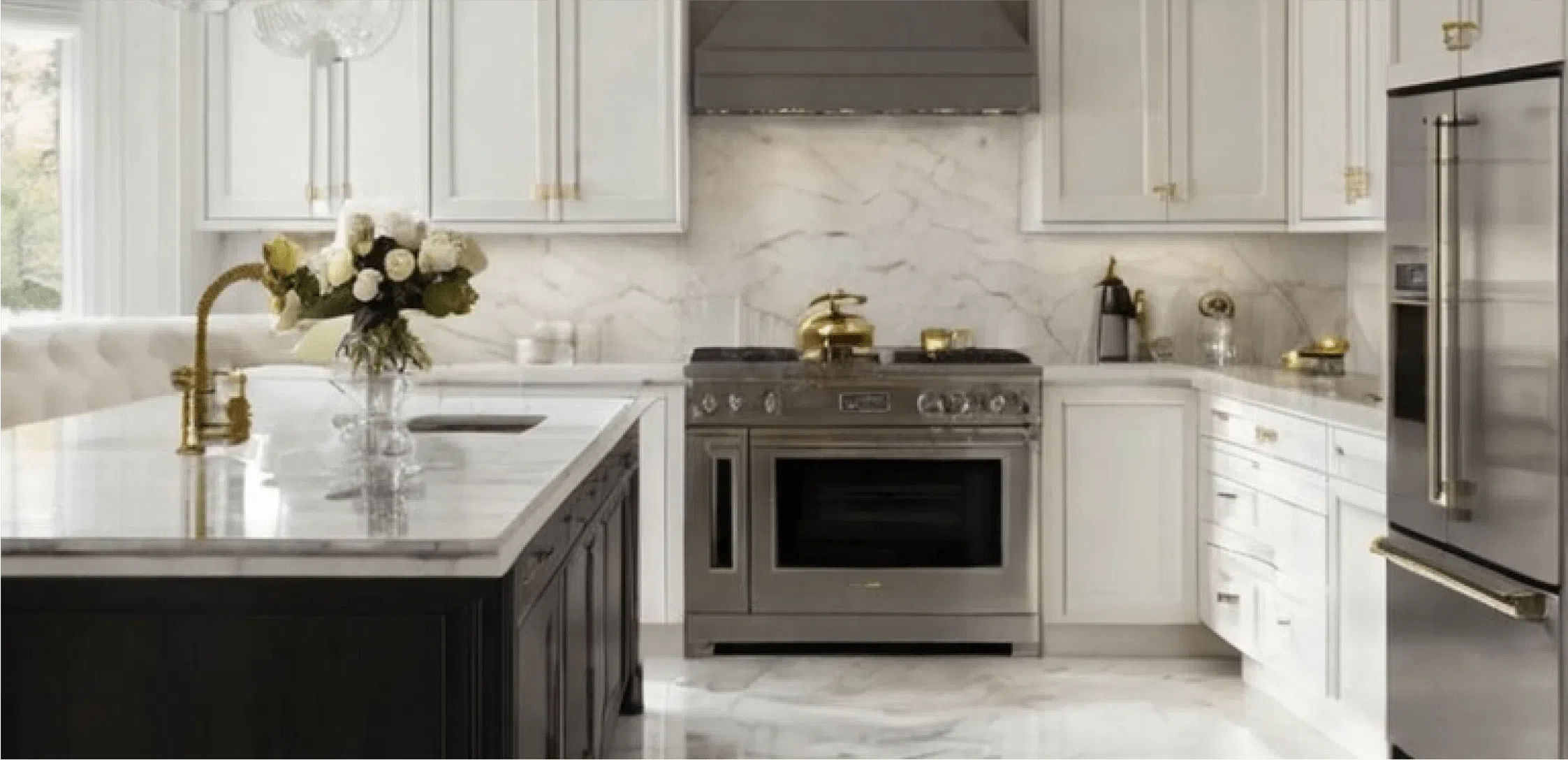 Corner Shelf
Corner Shelf Clearance
Clearance





Leave a comment